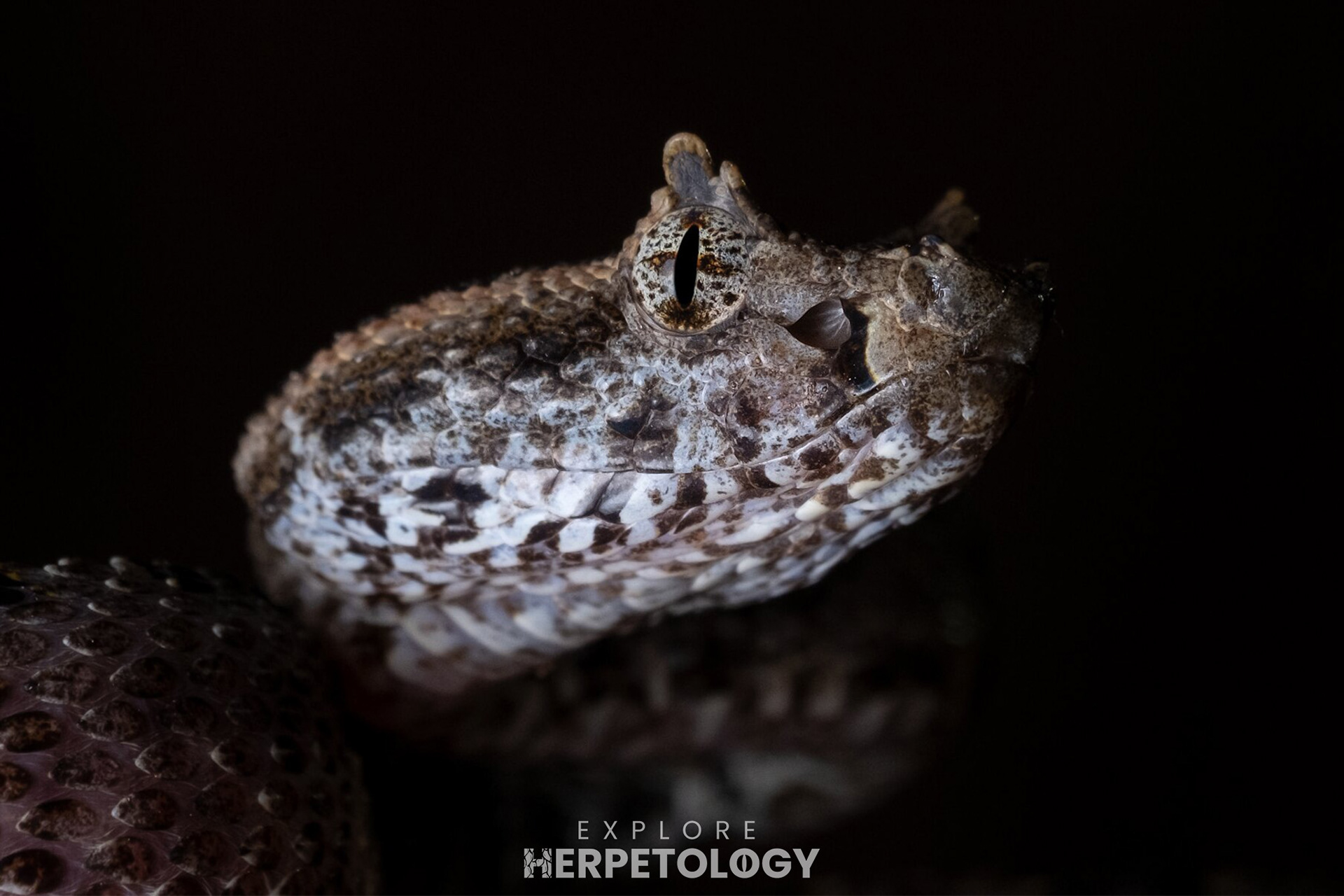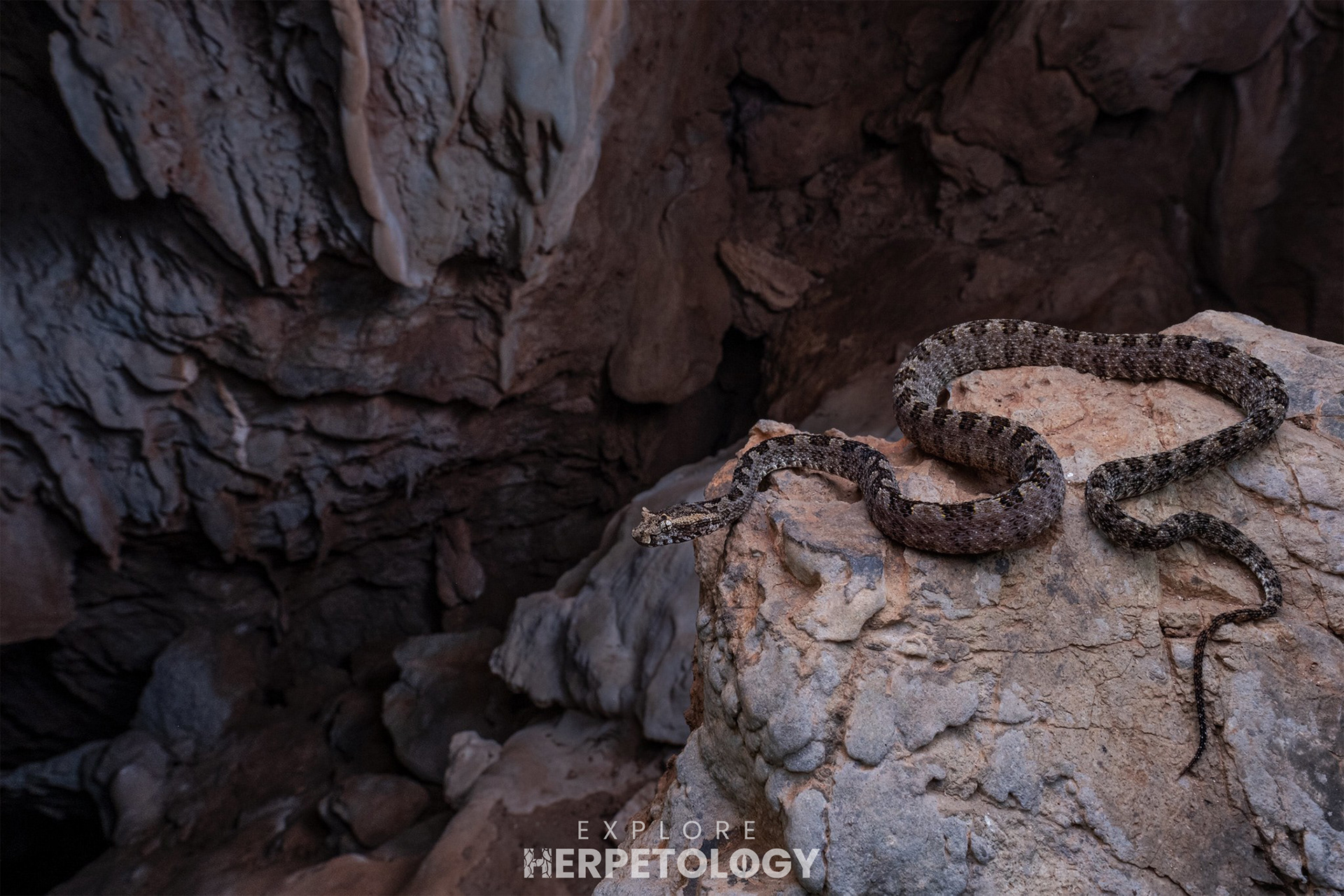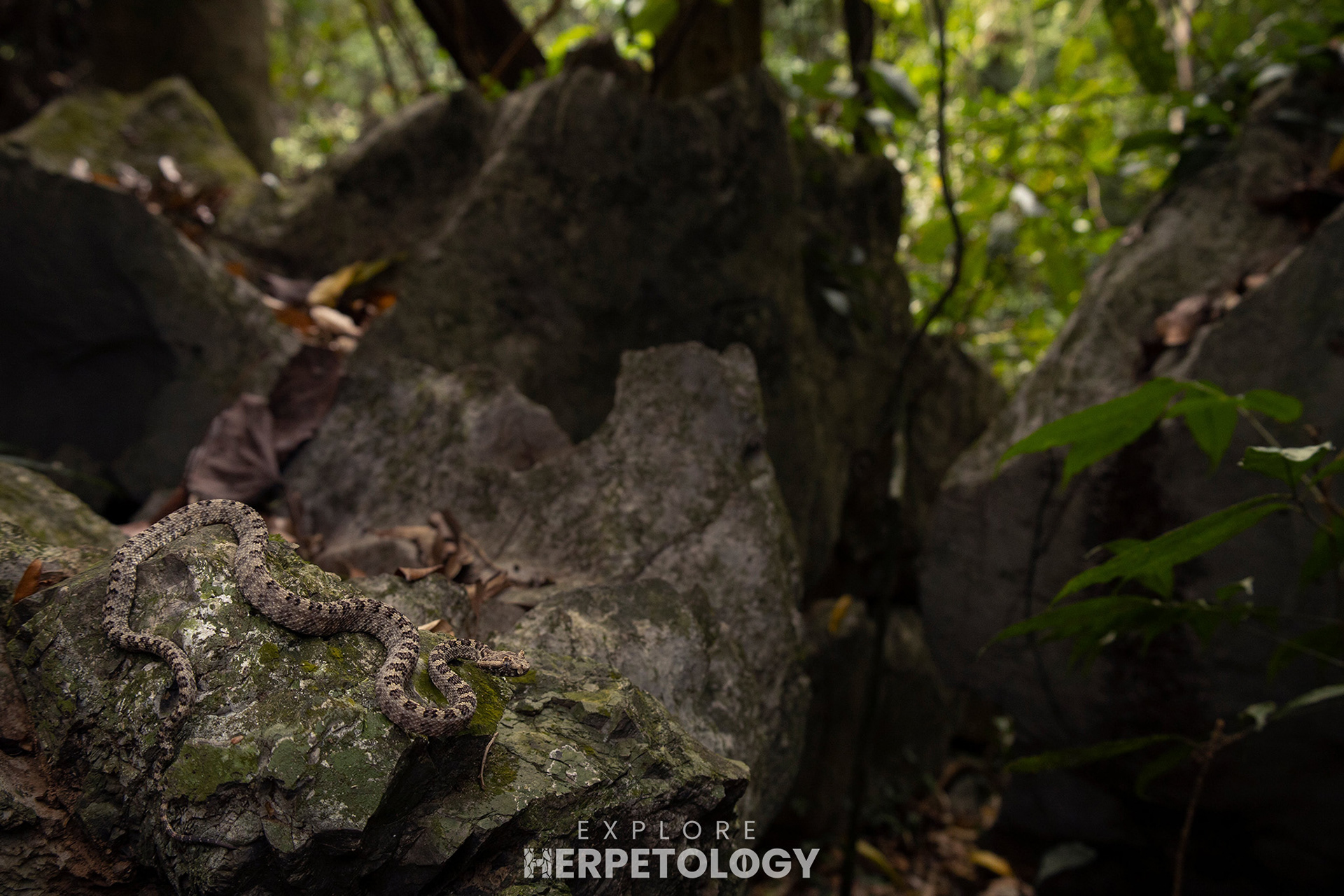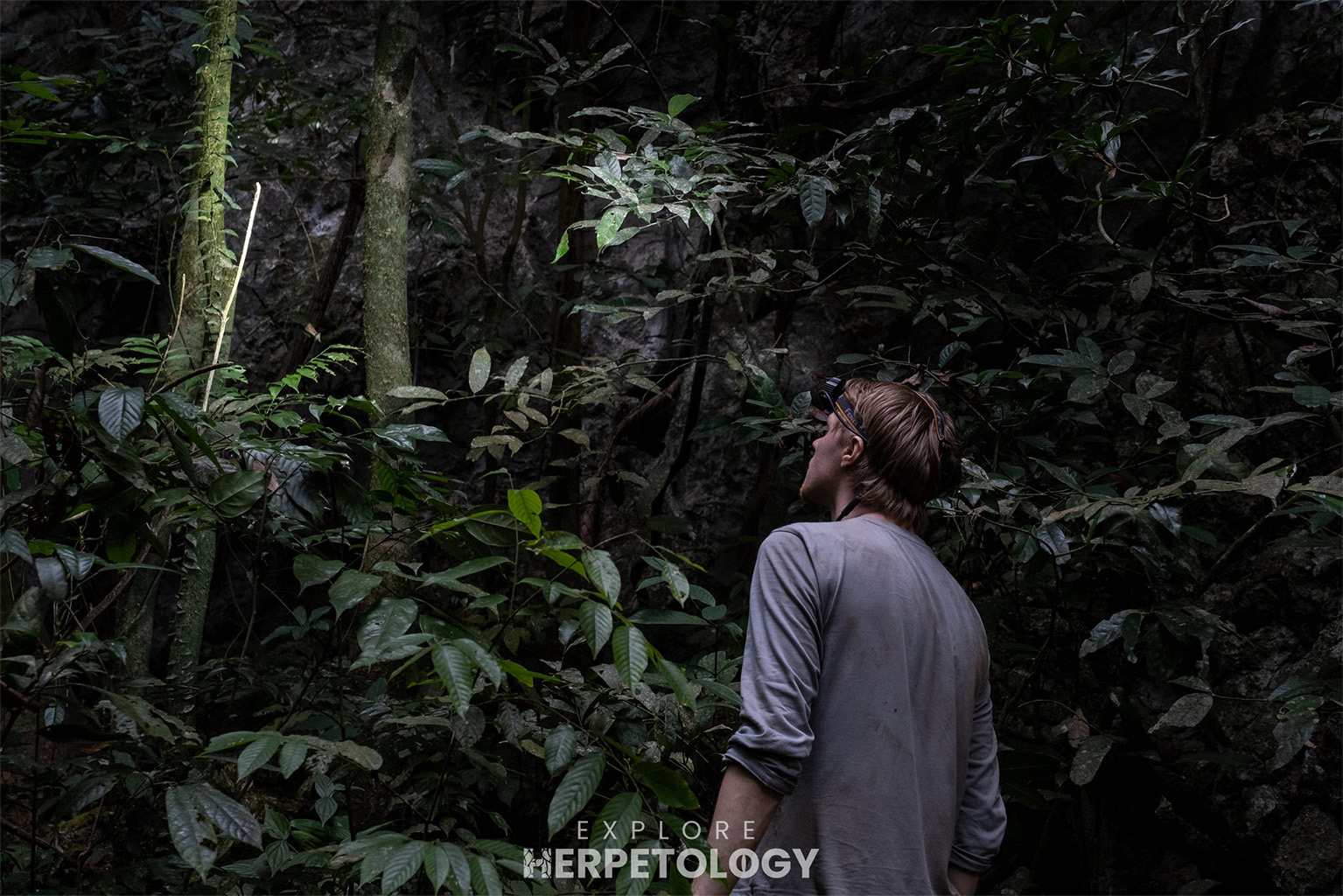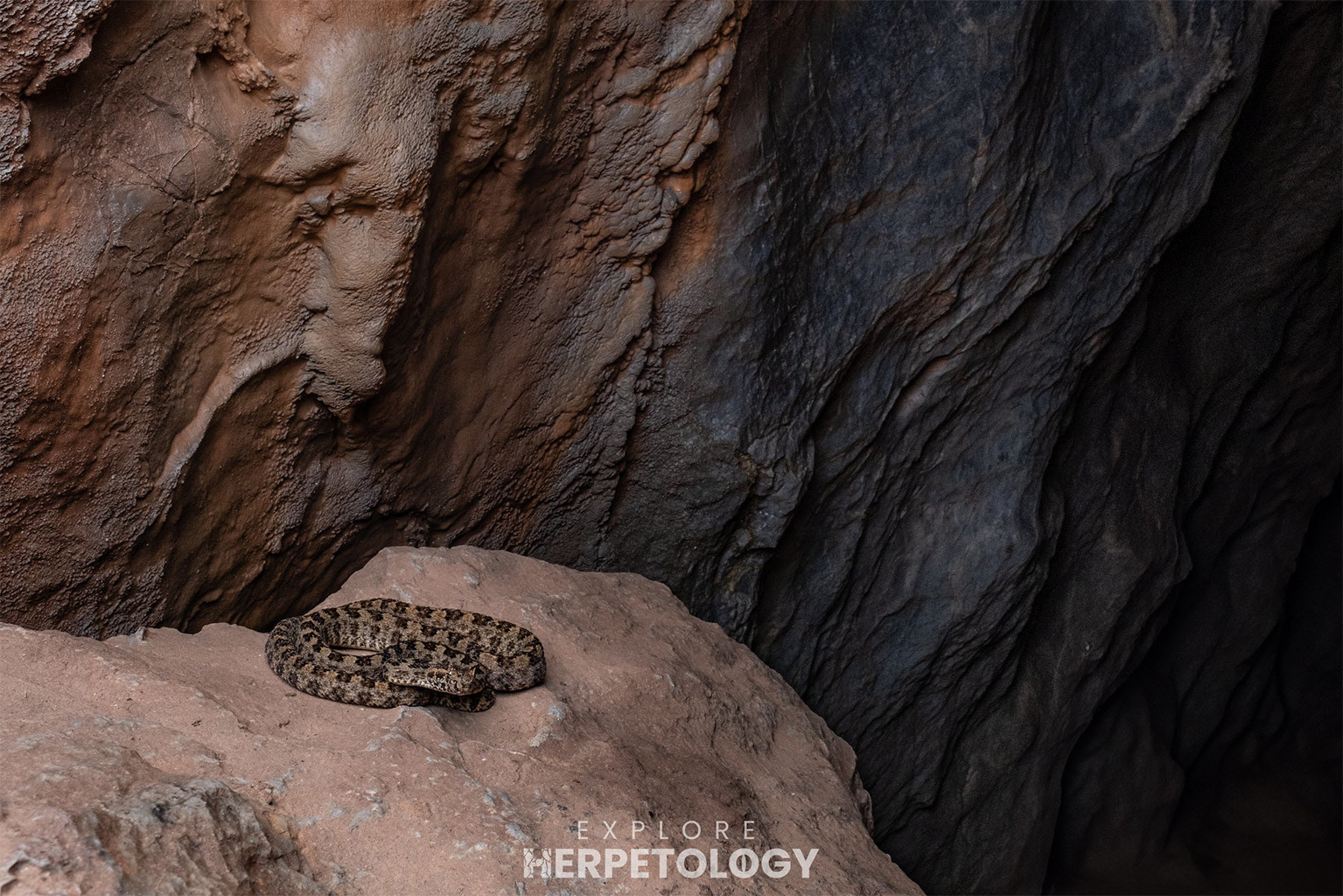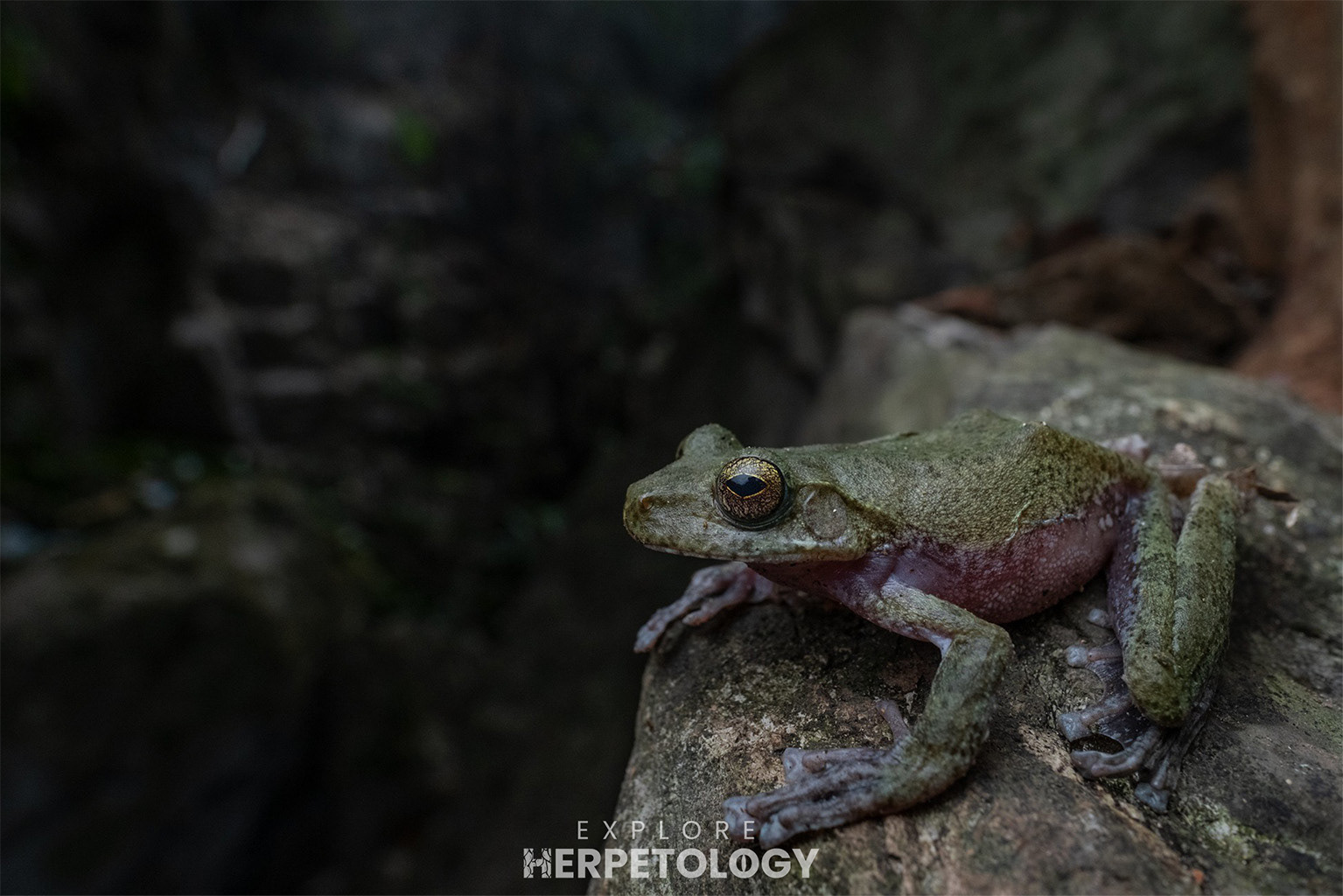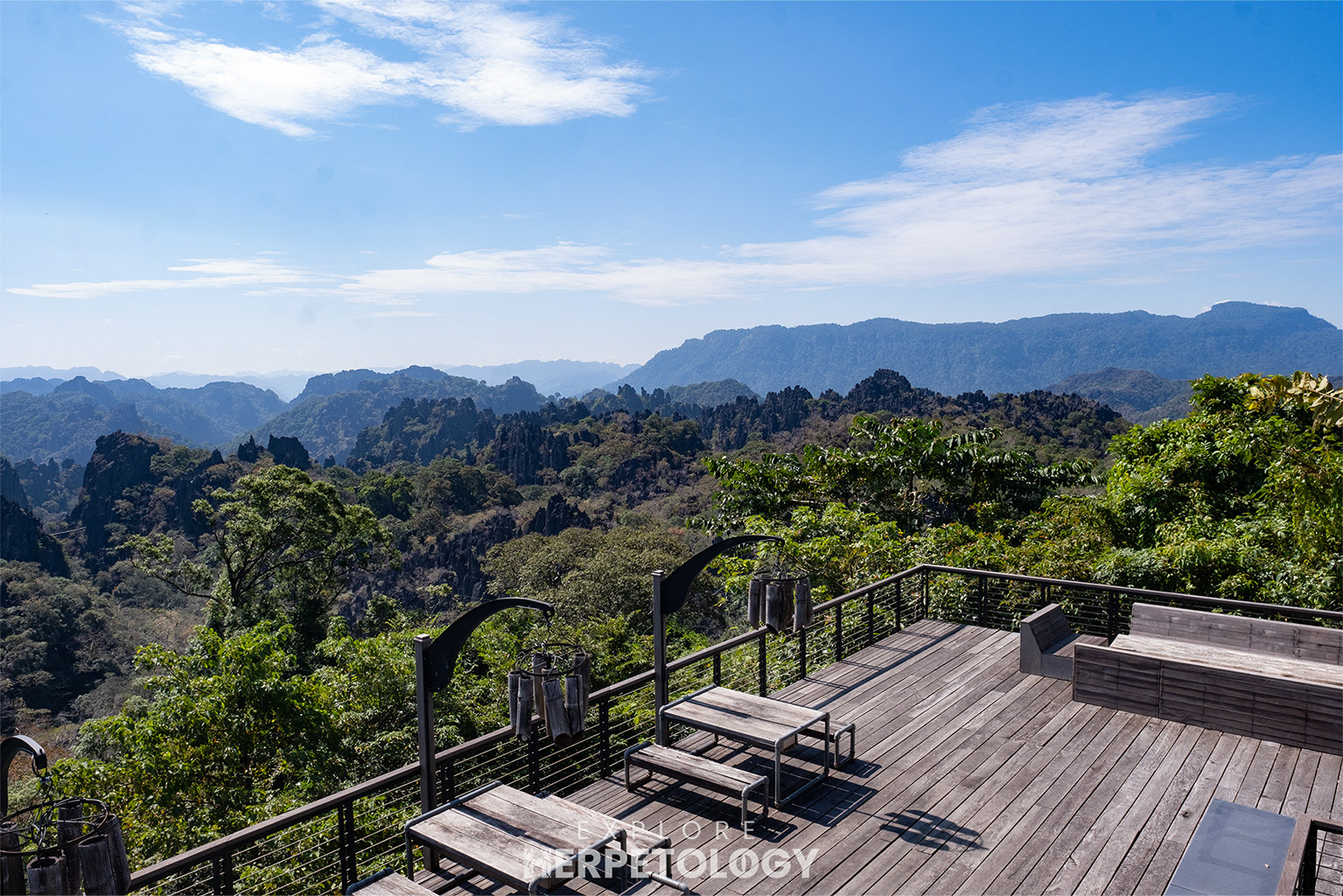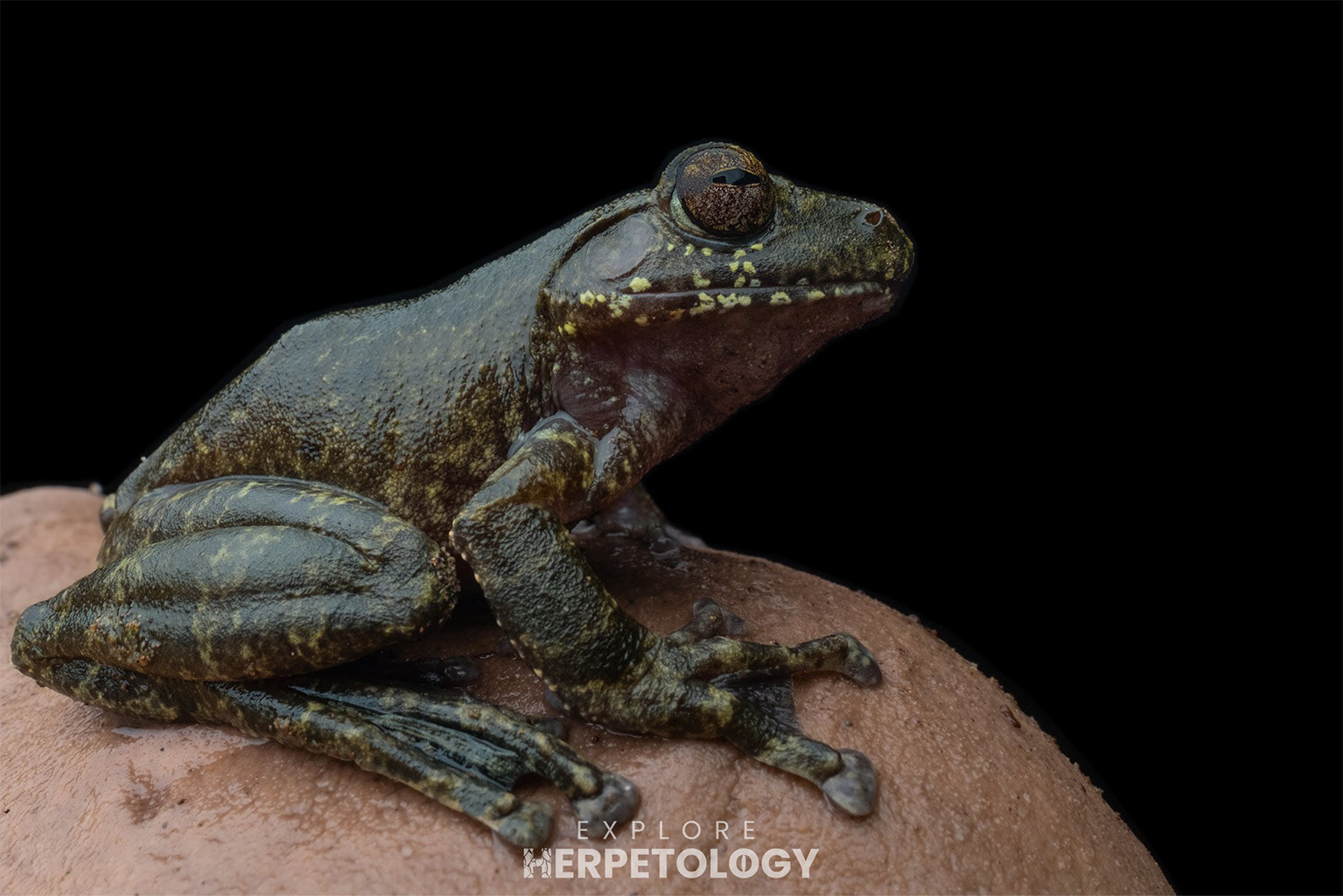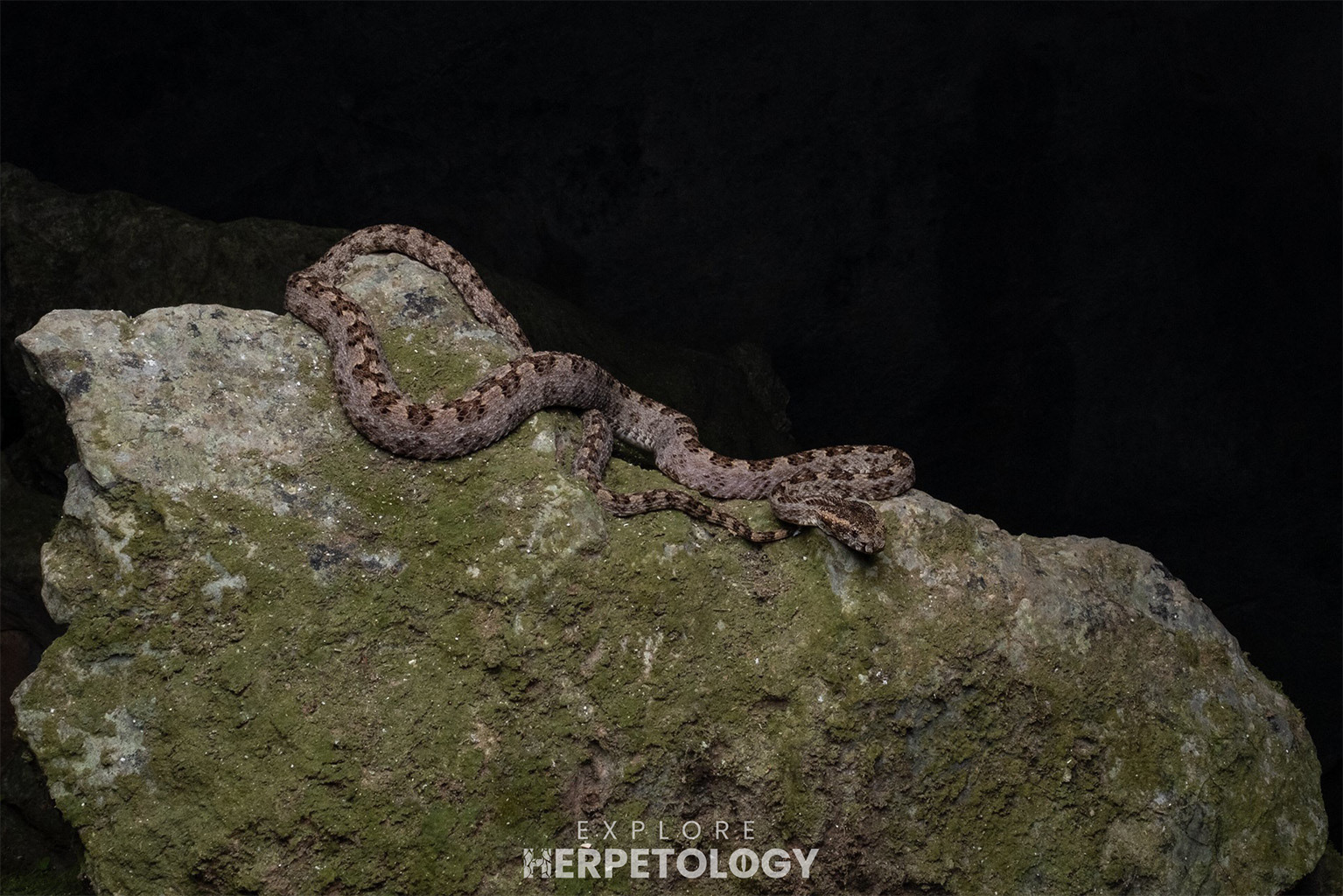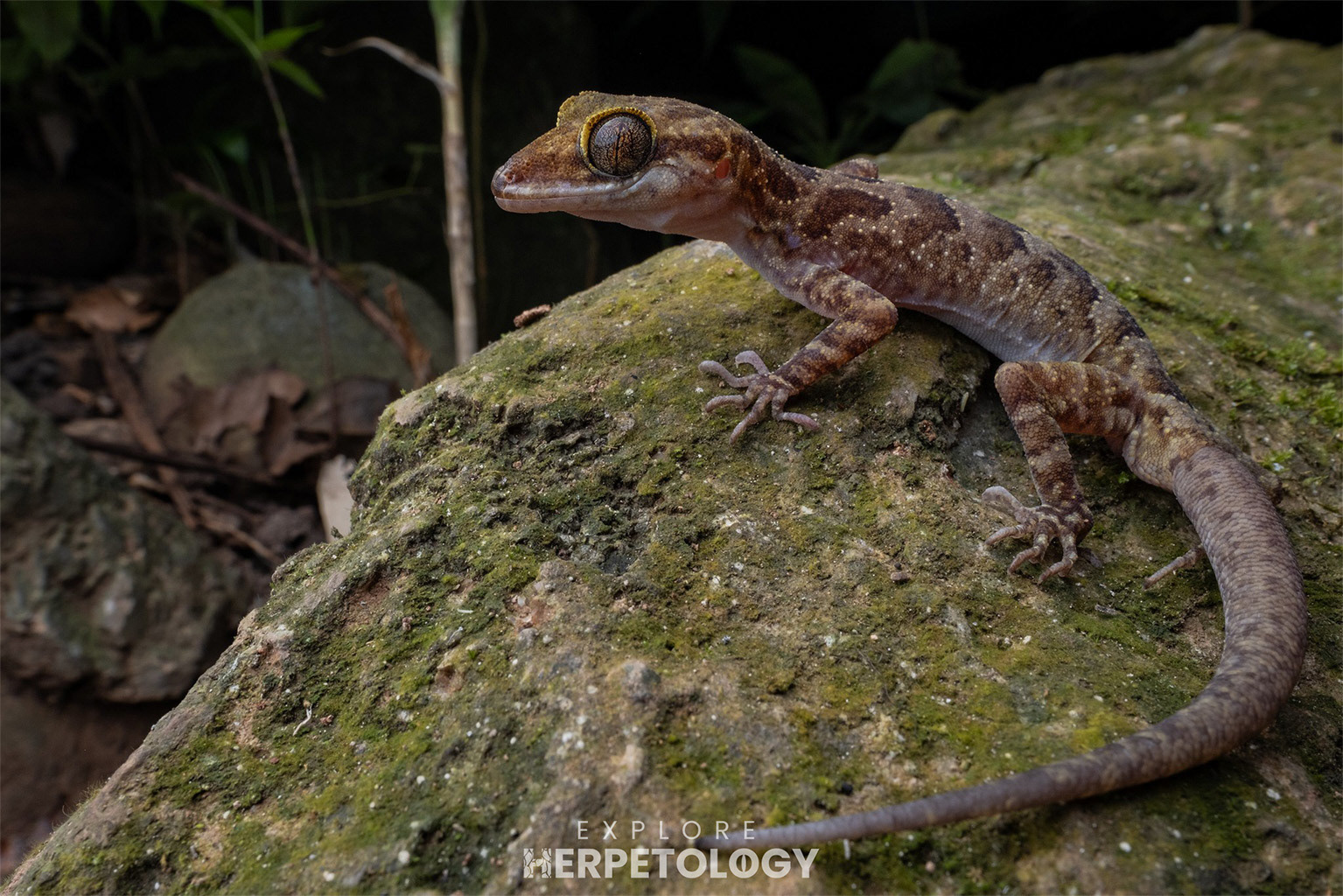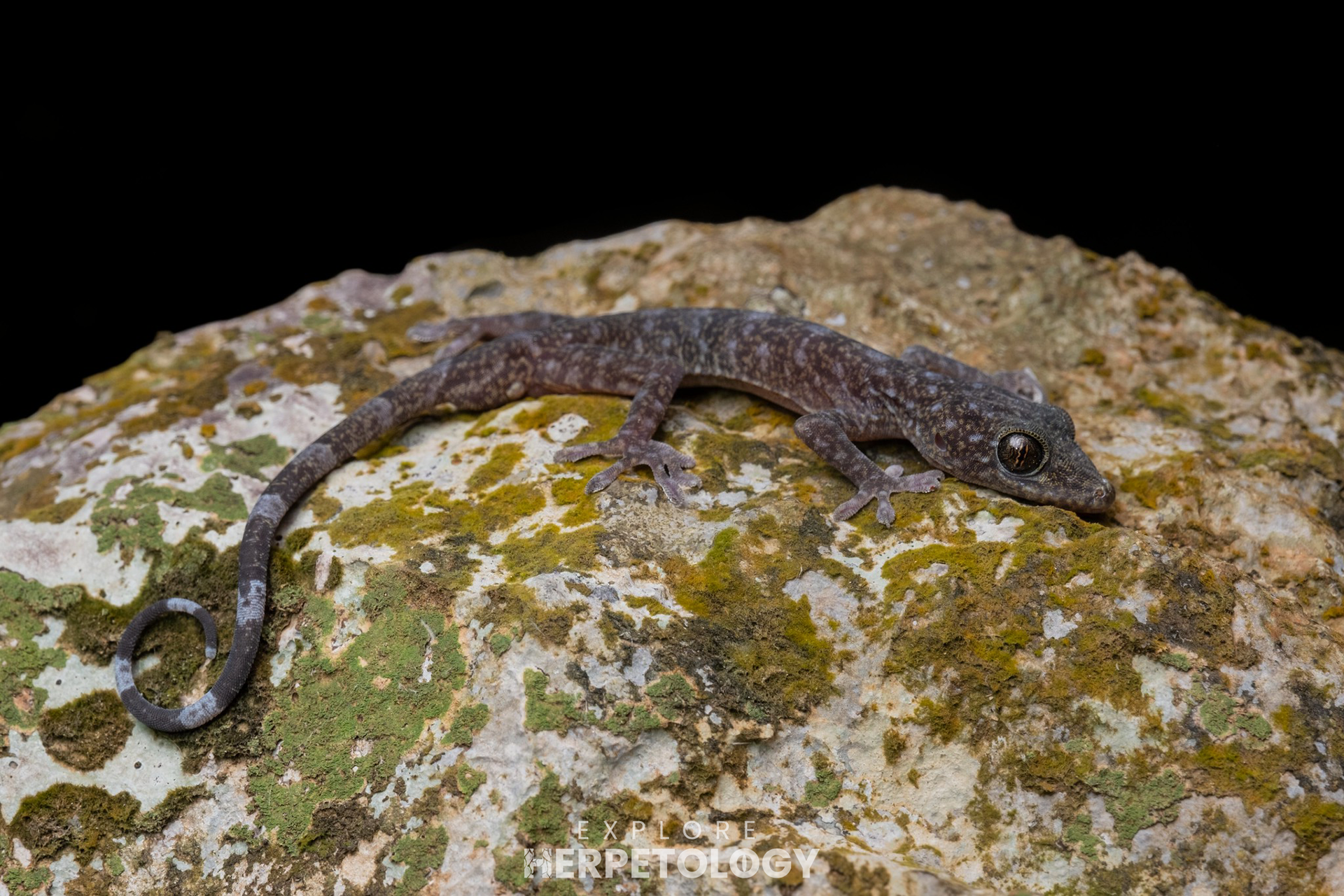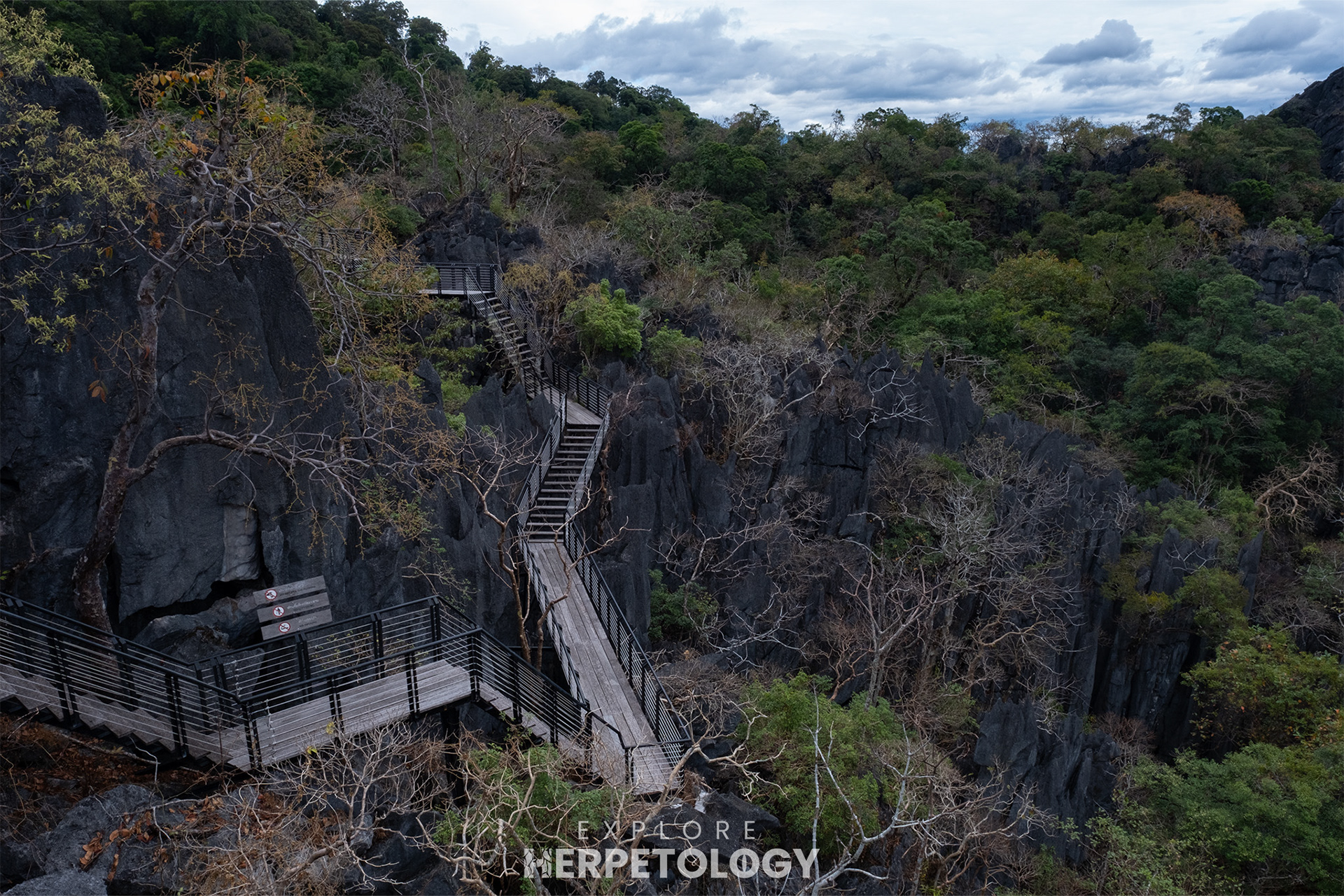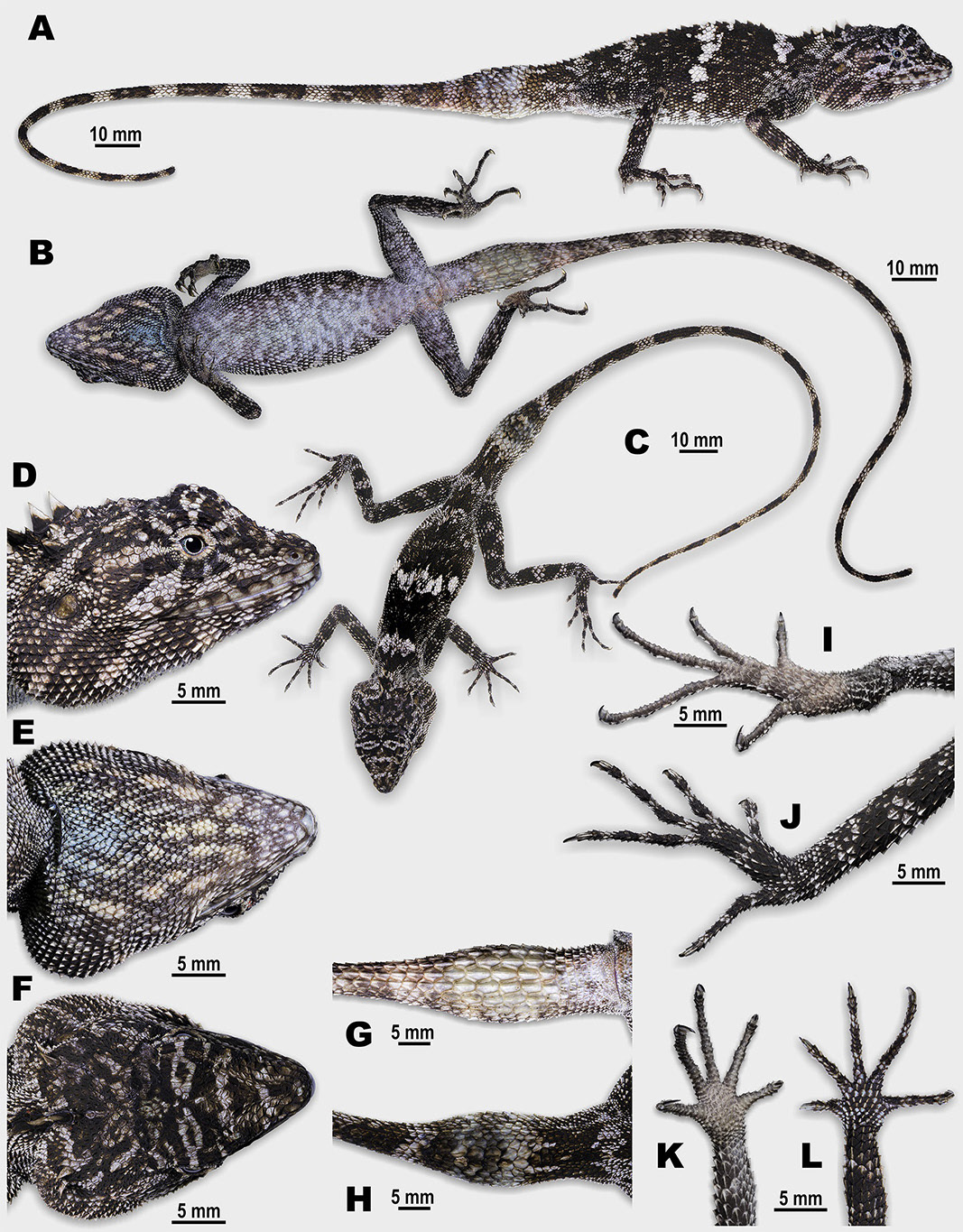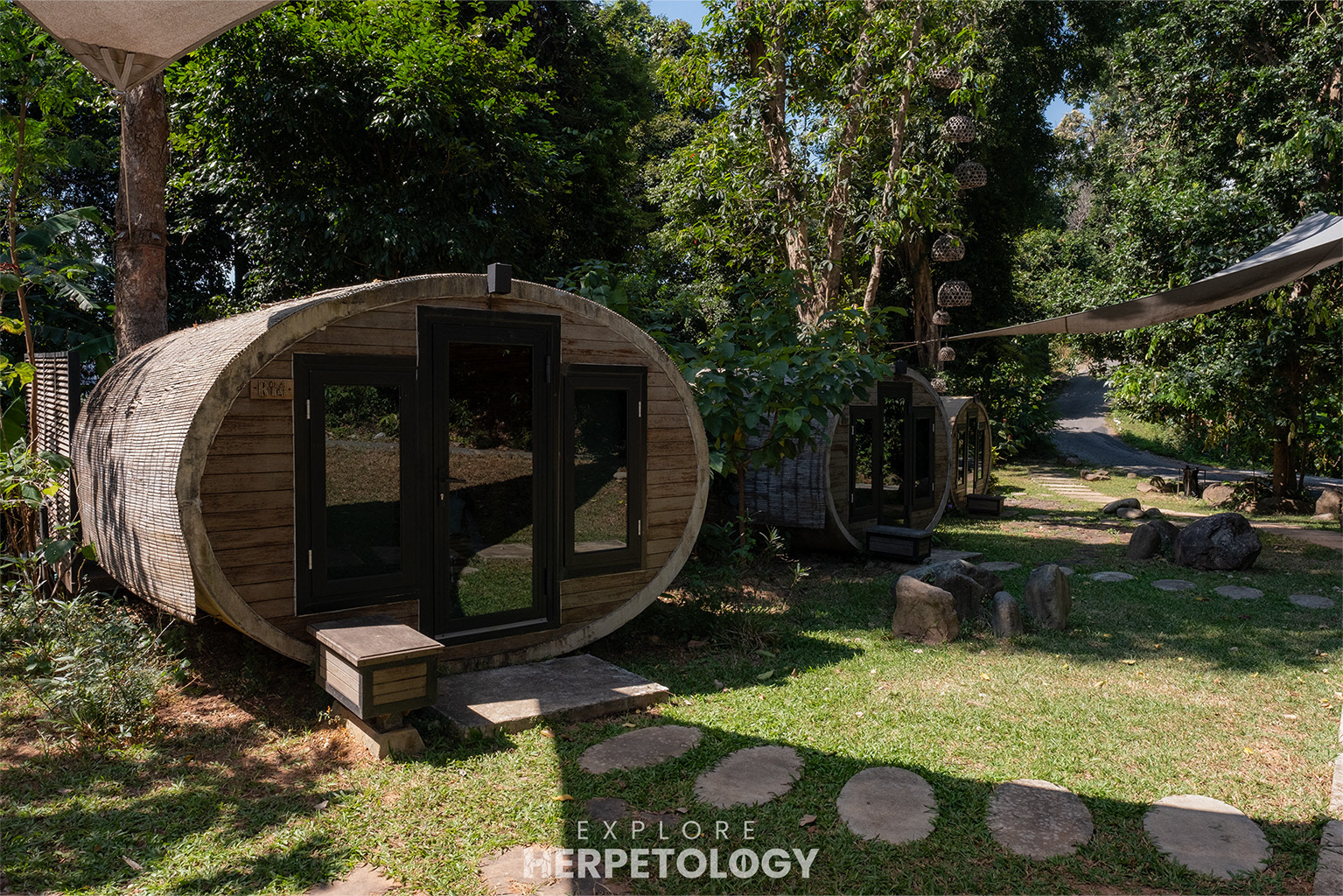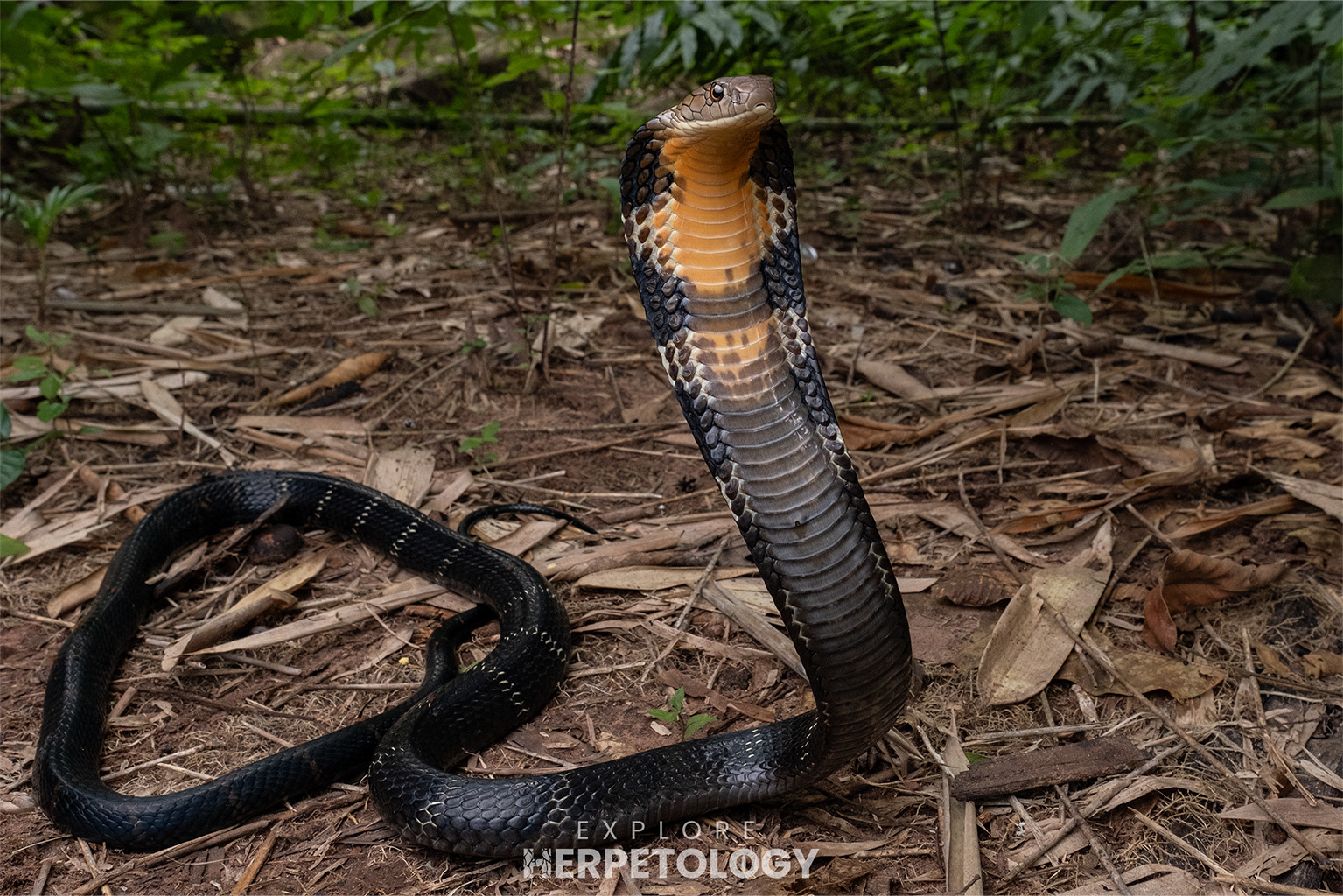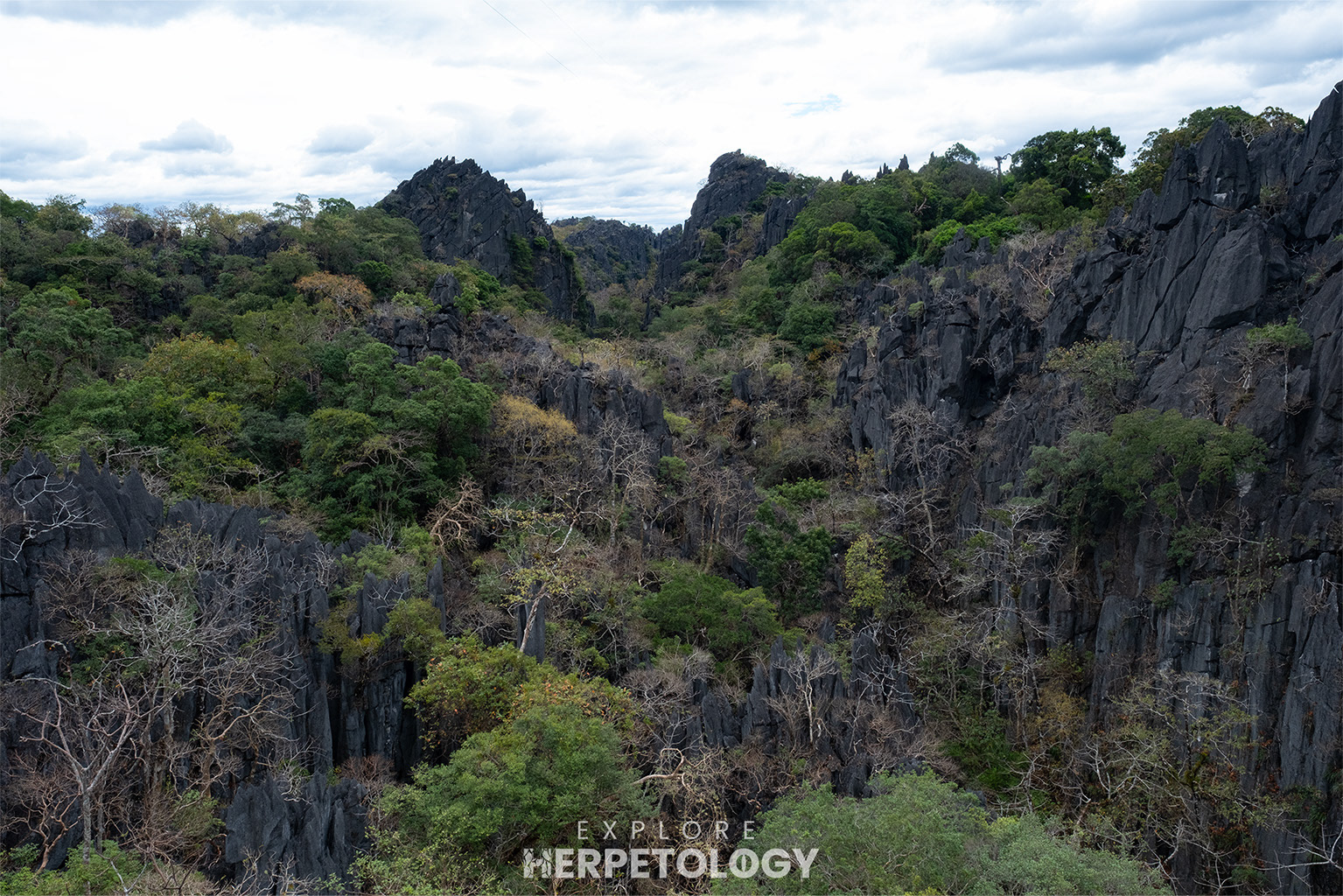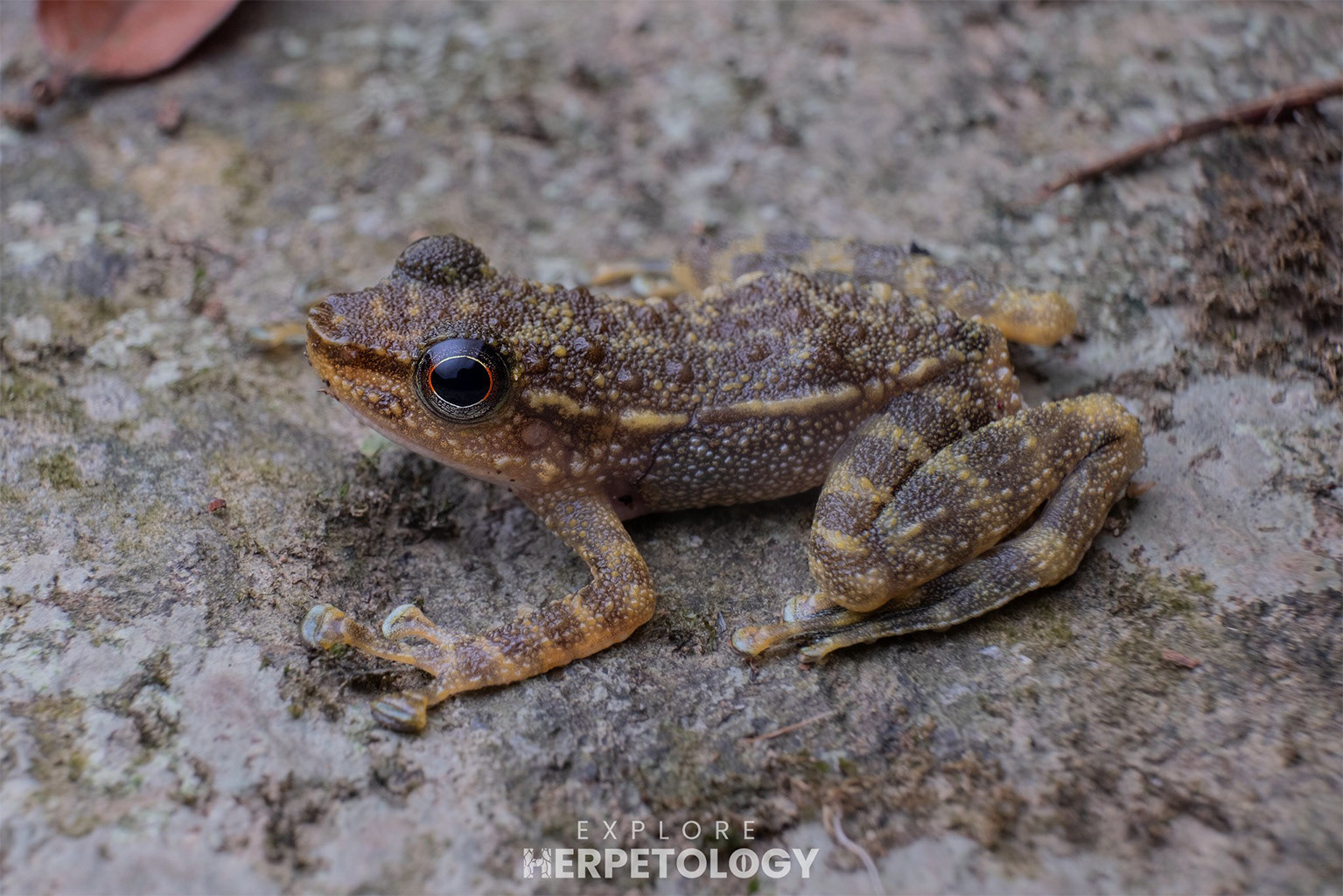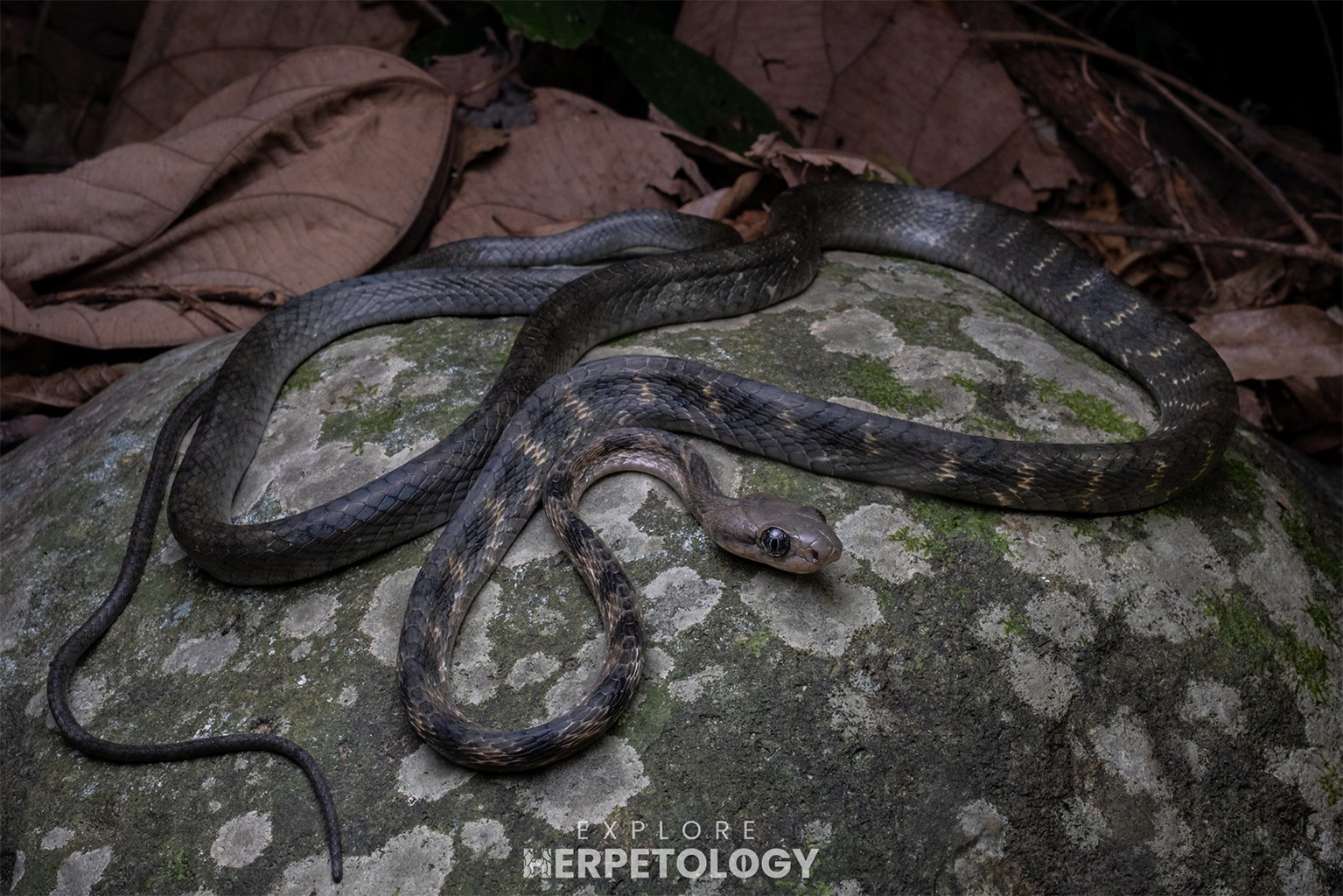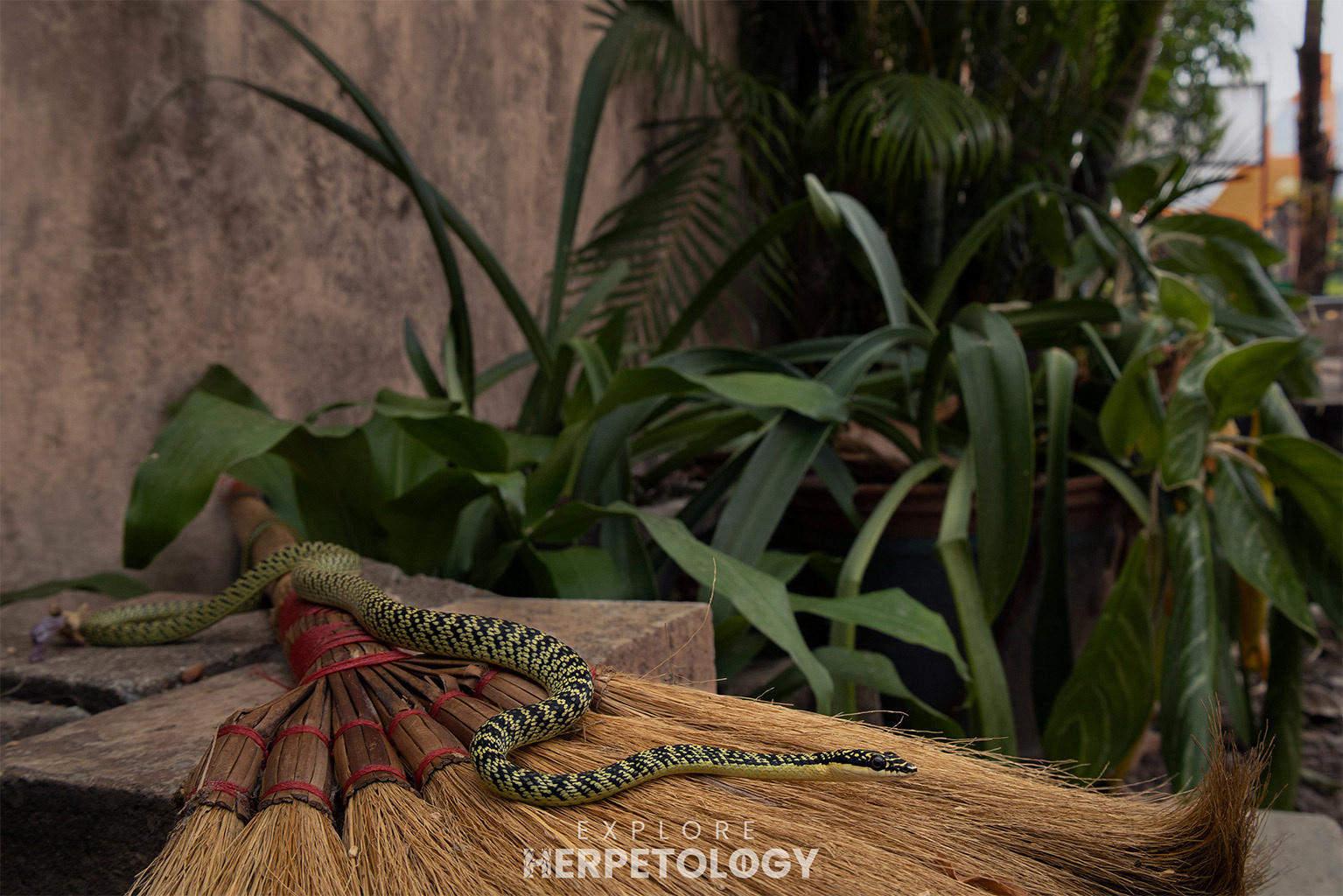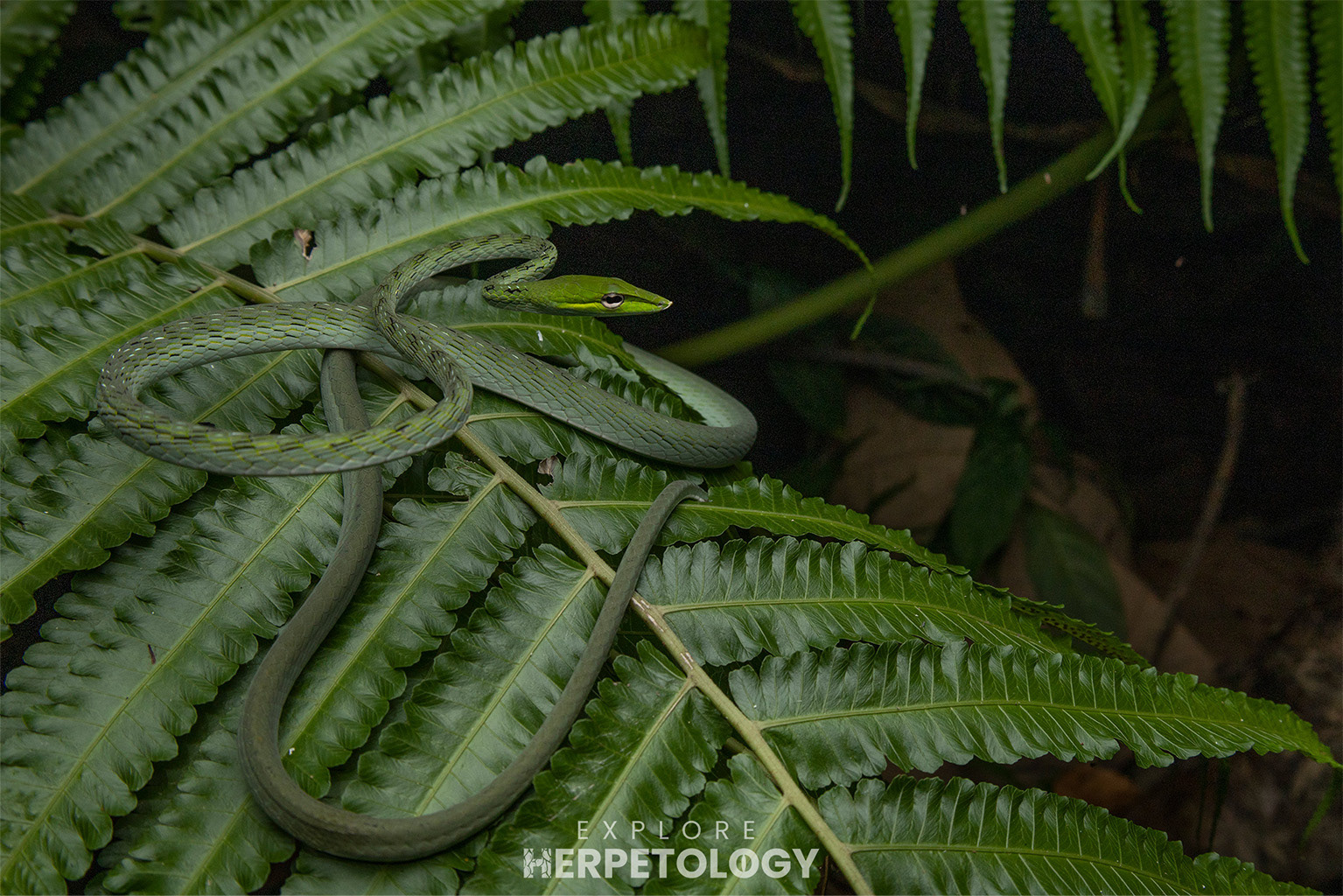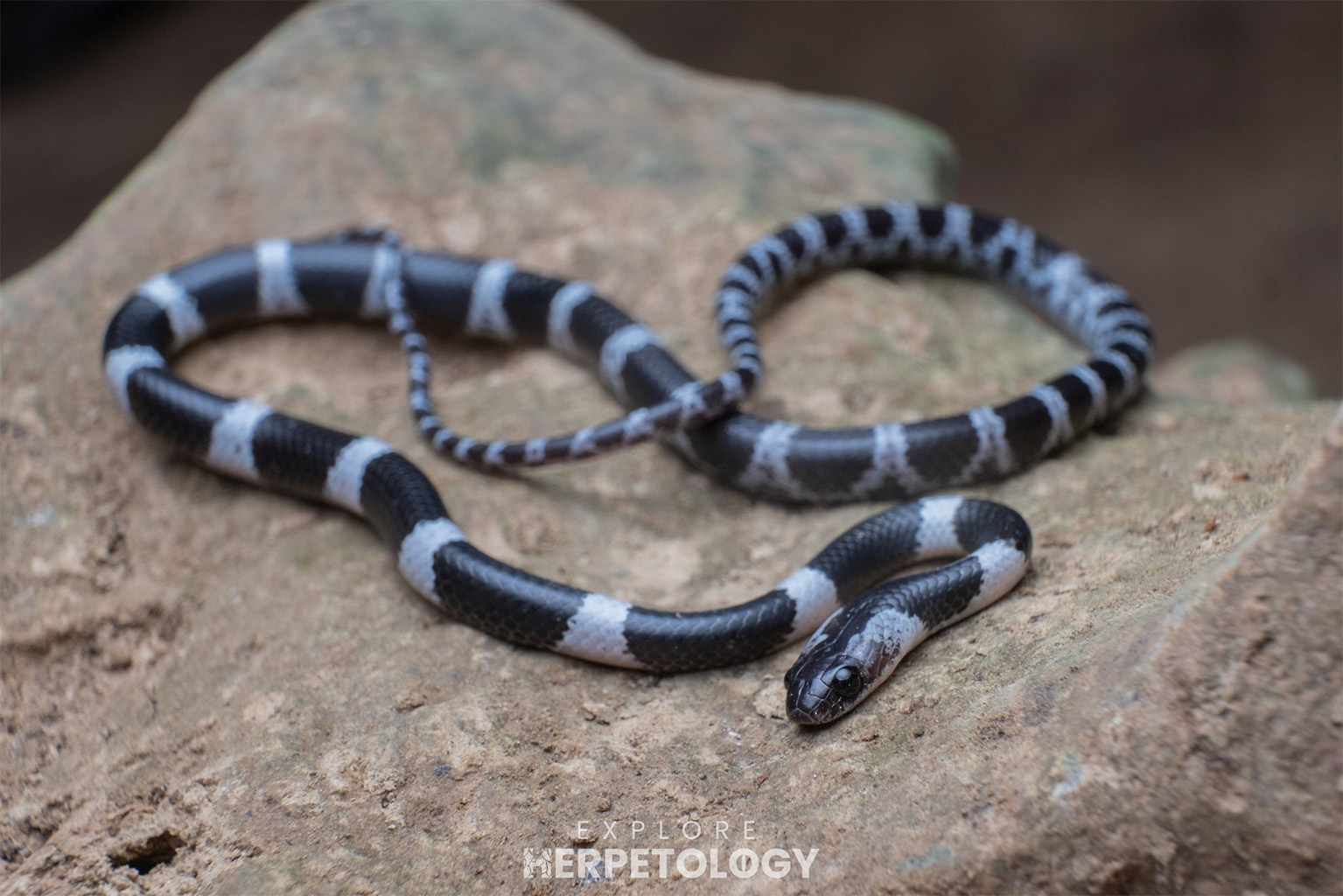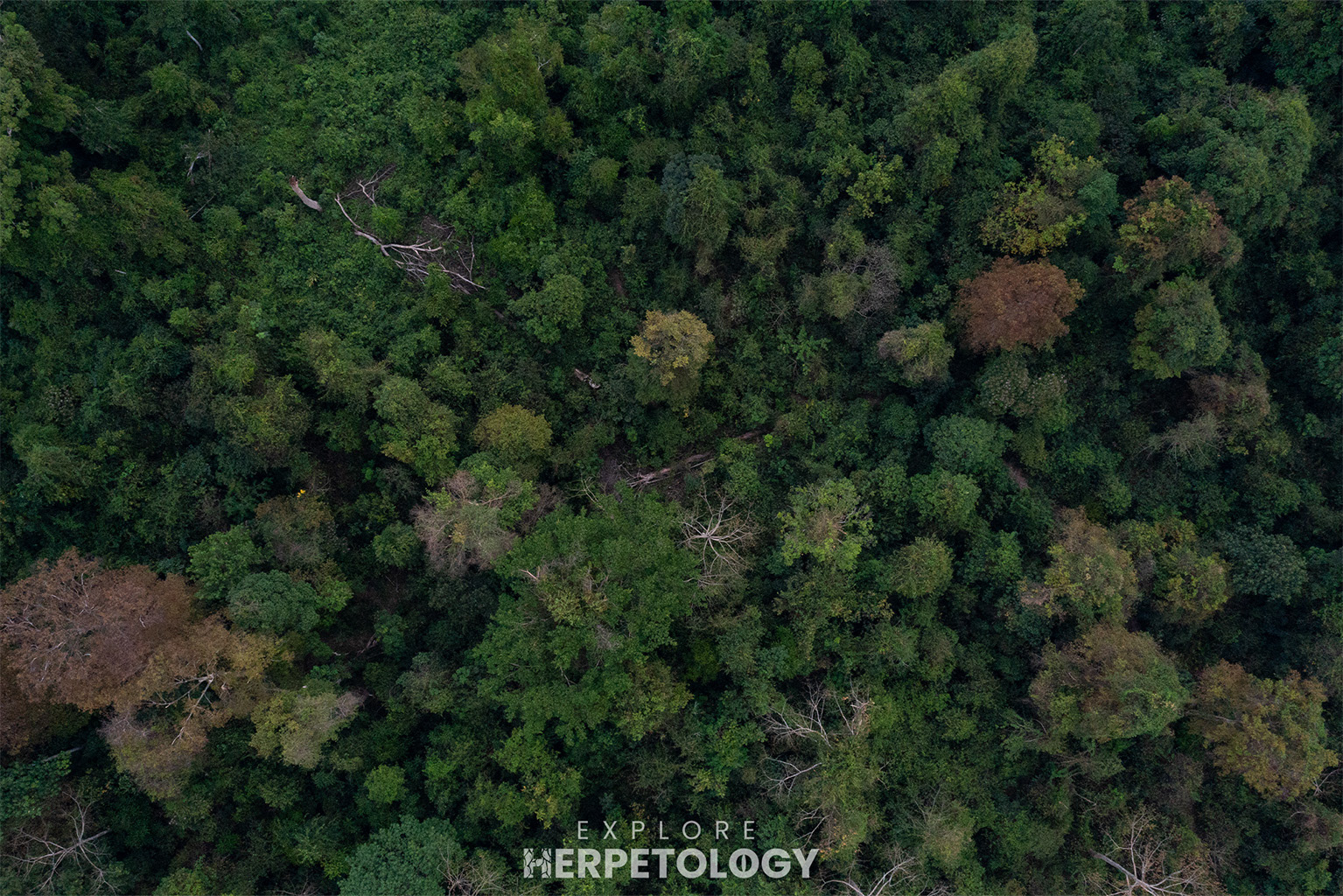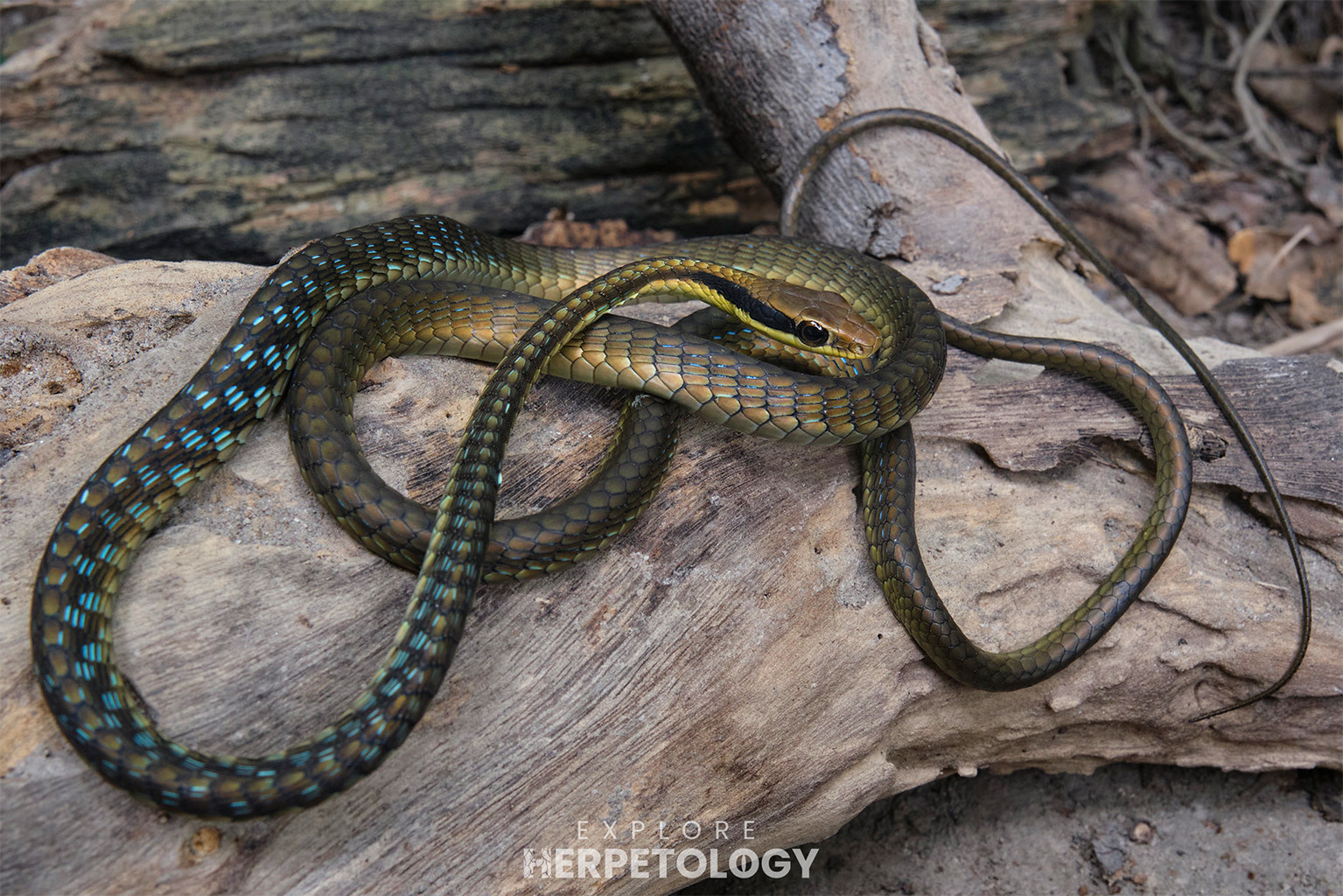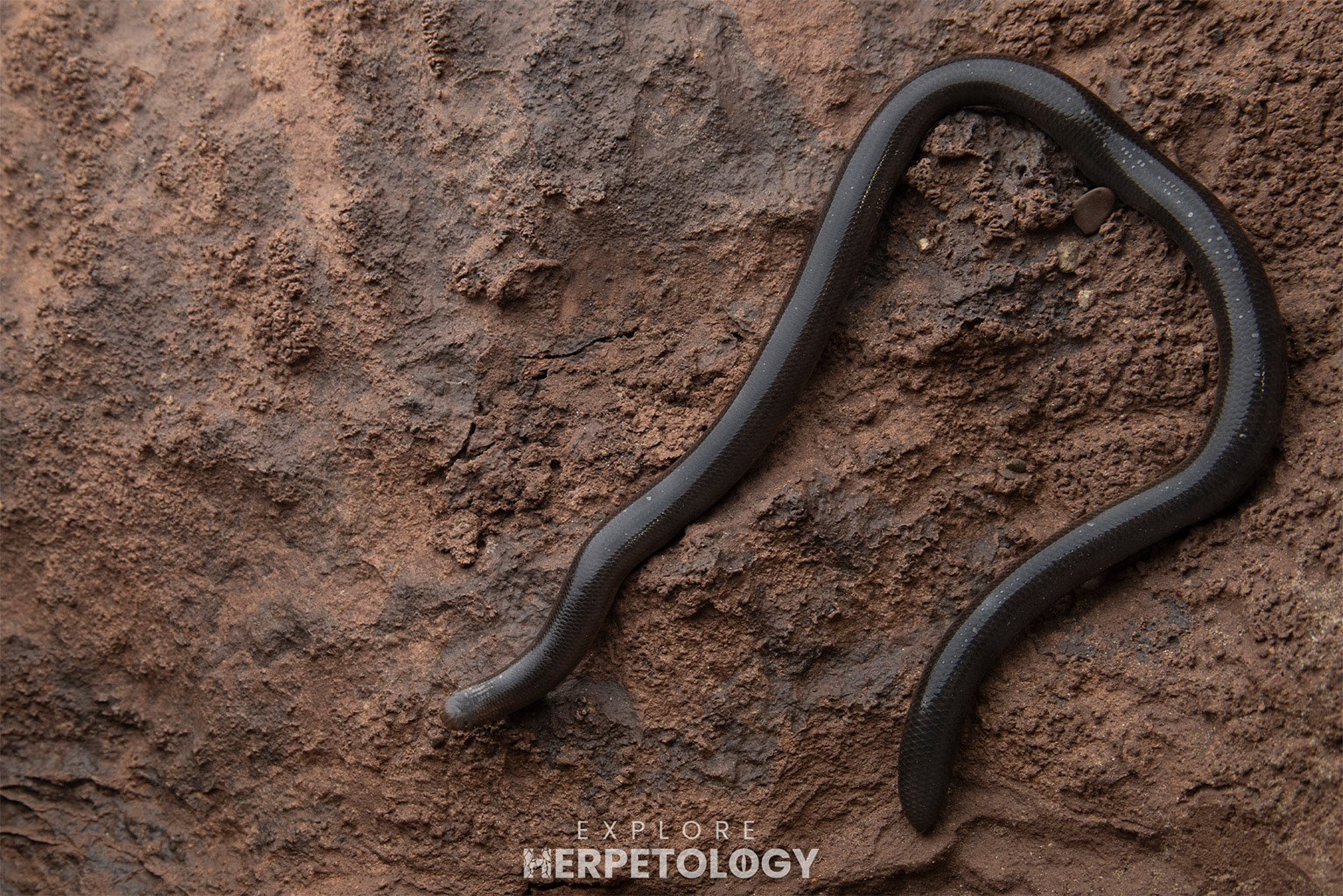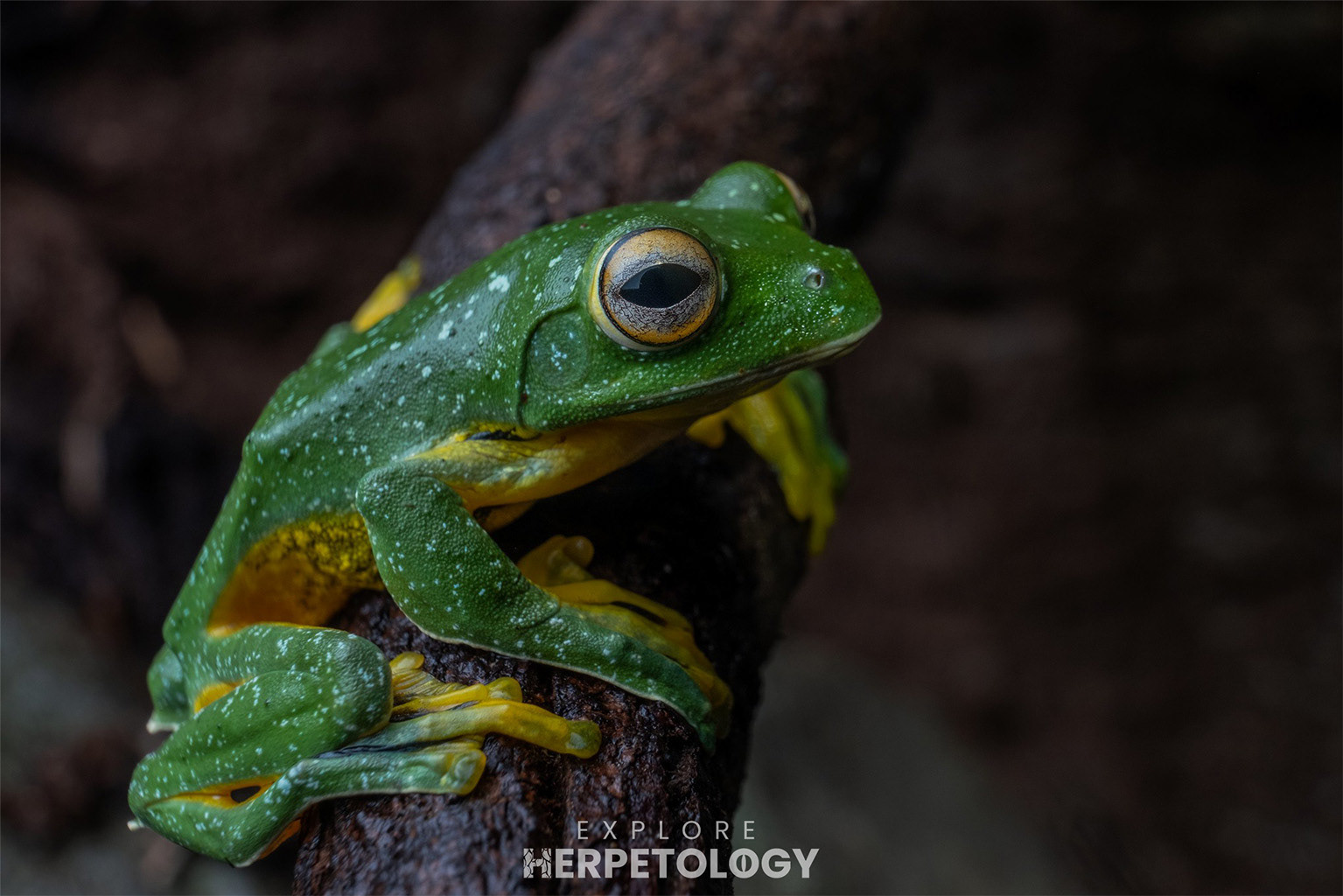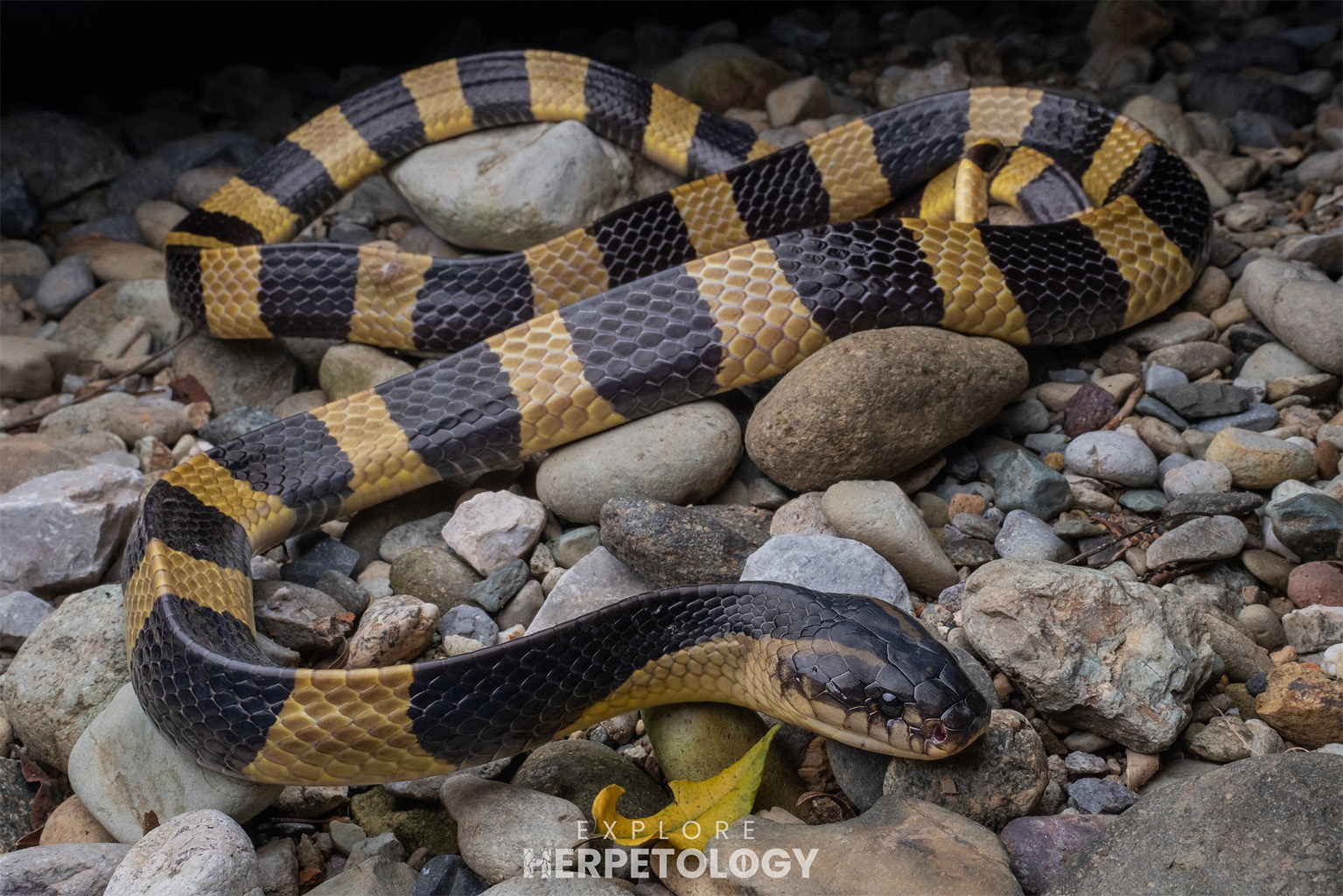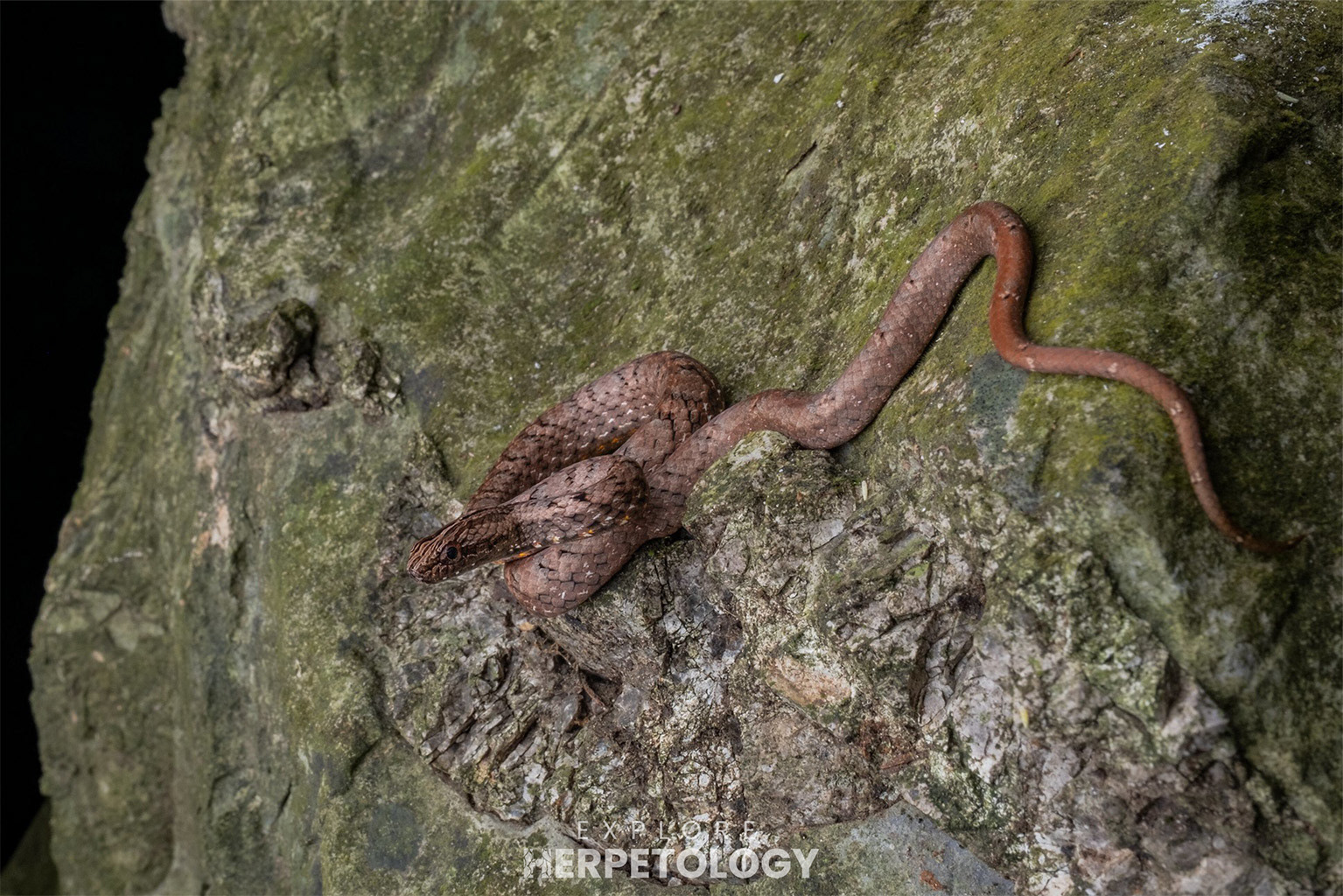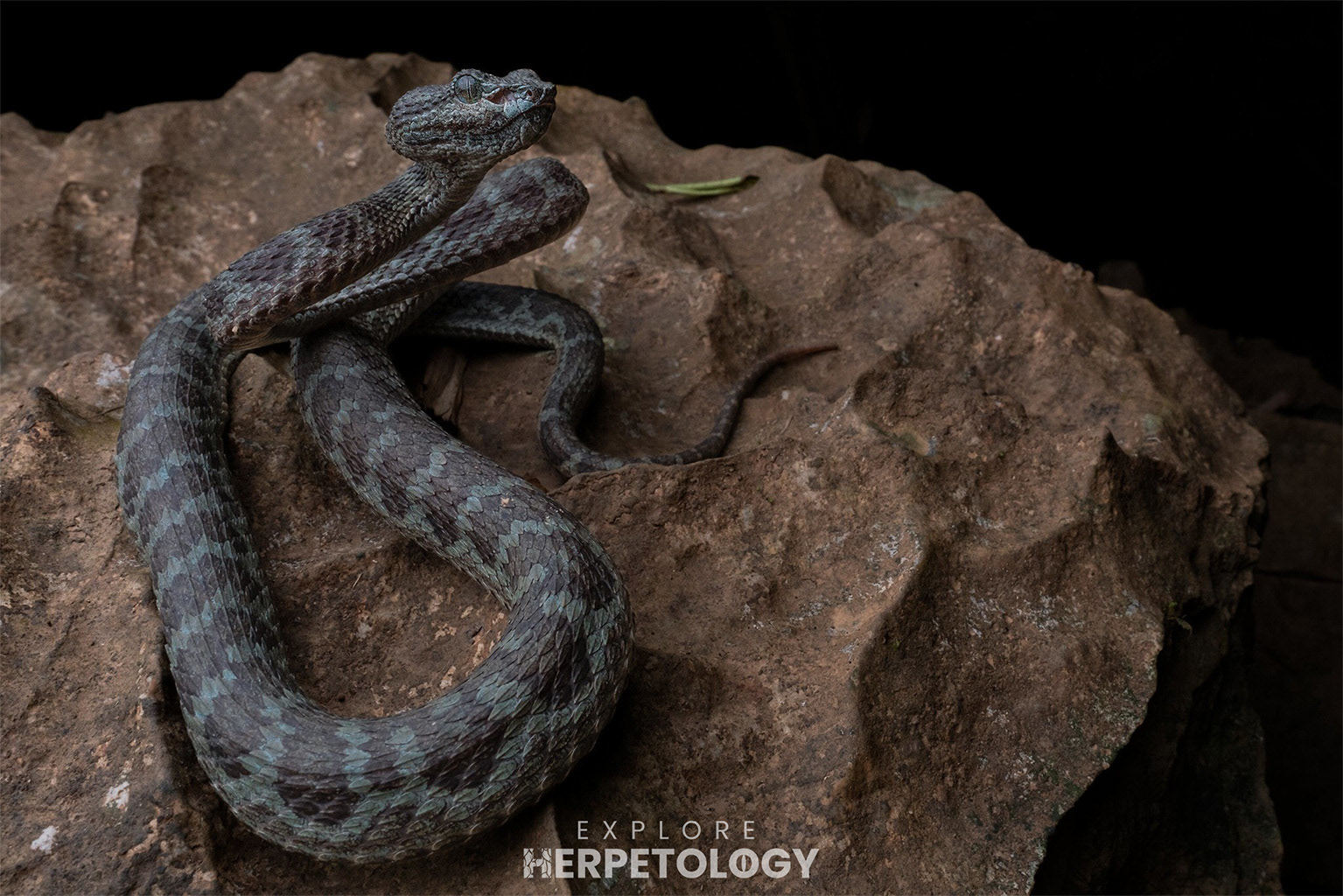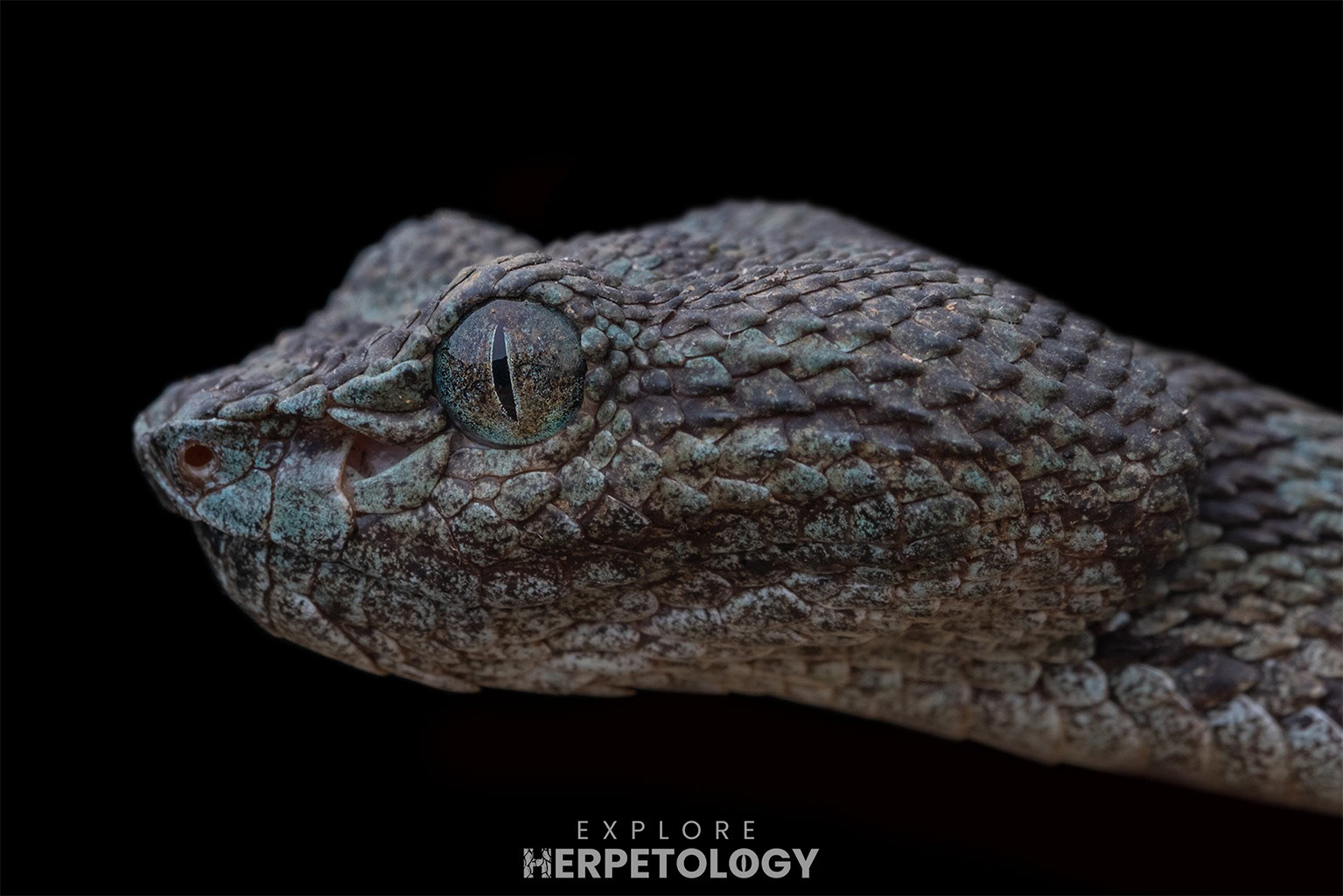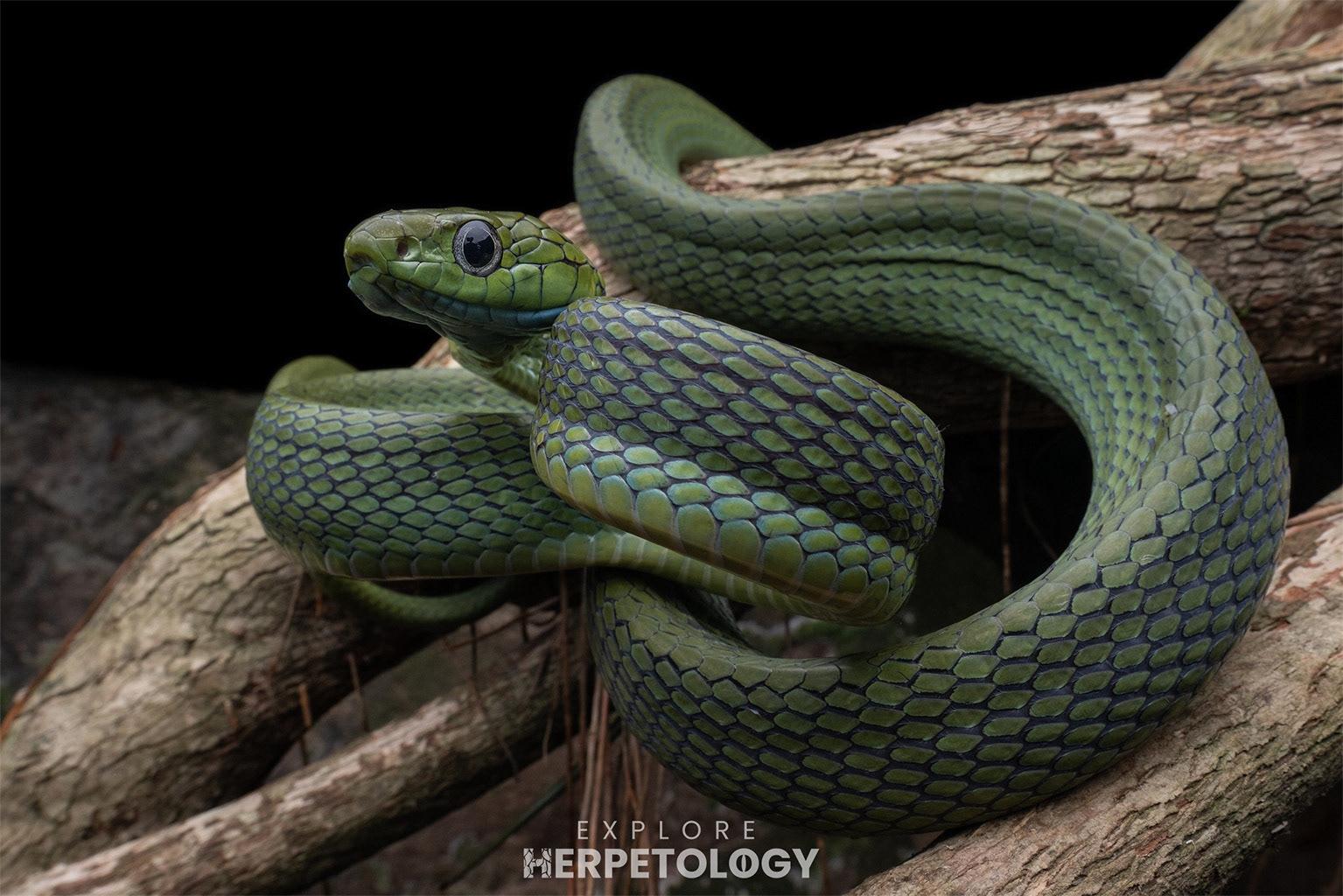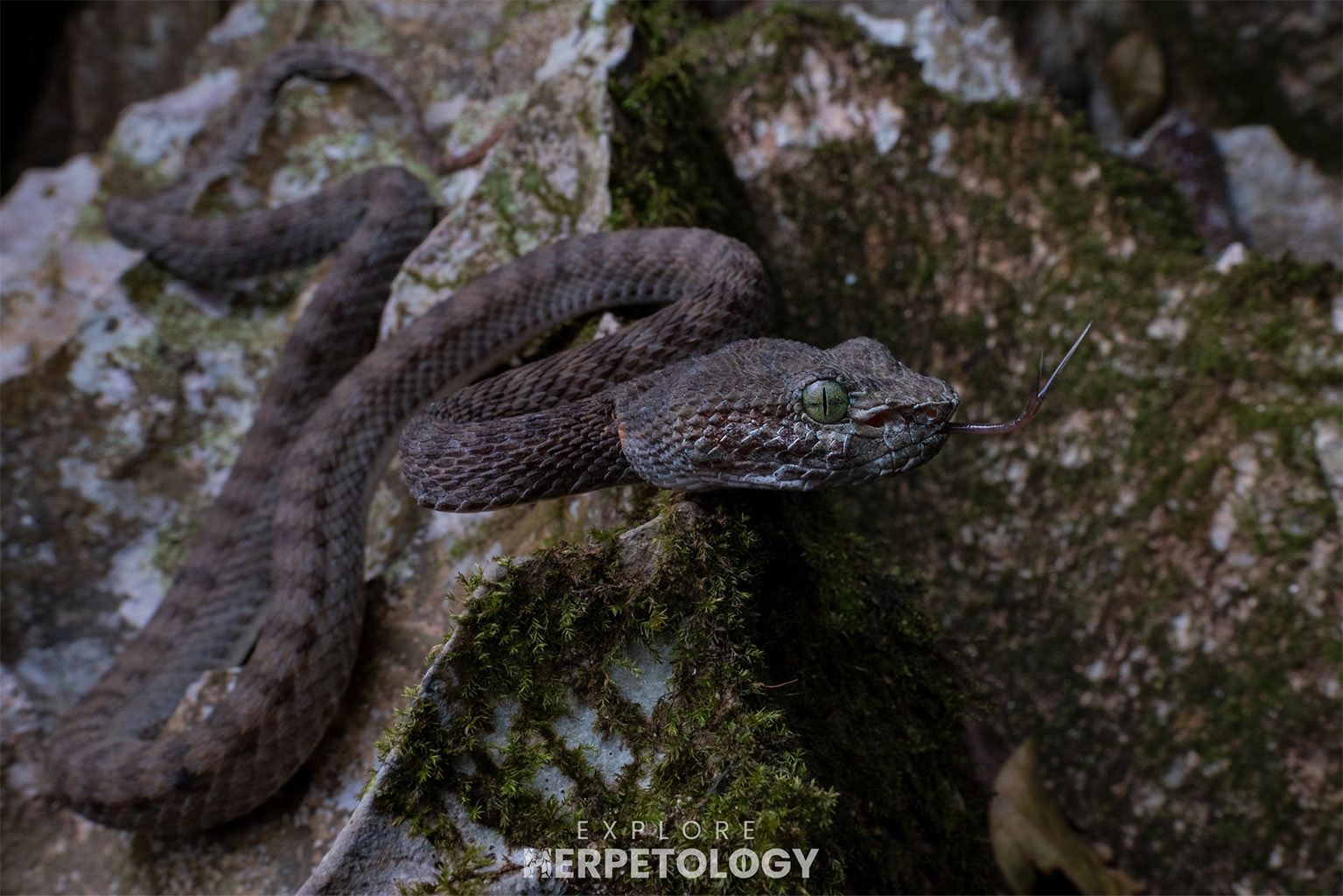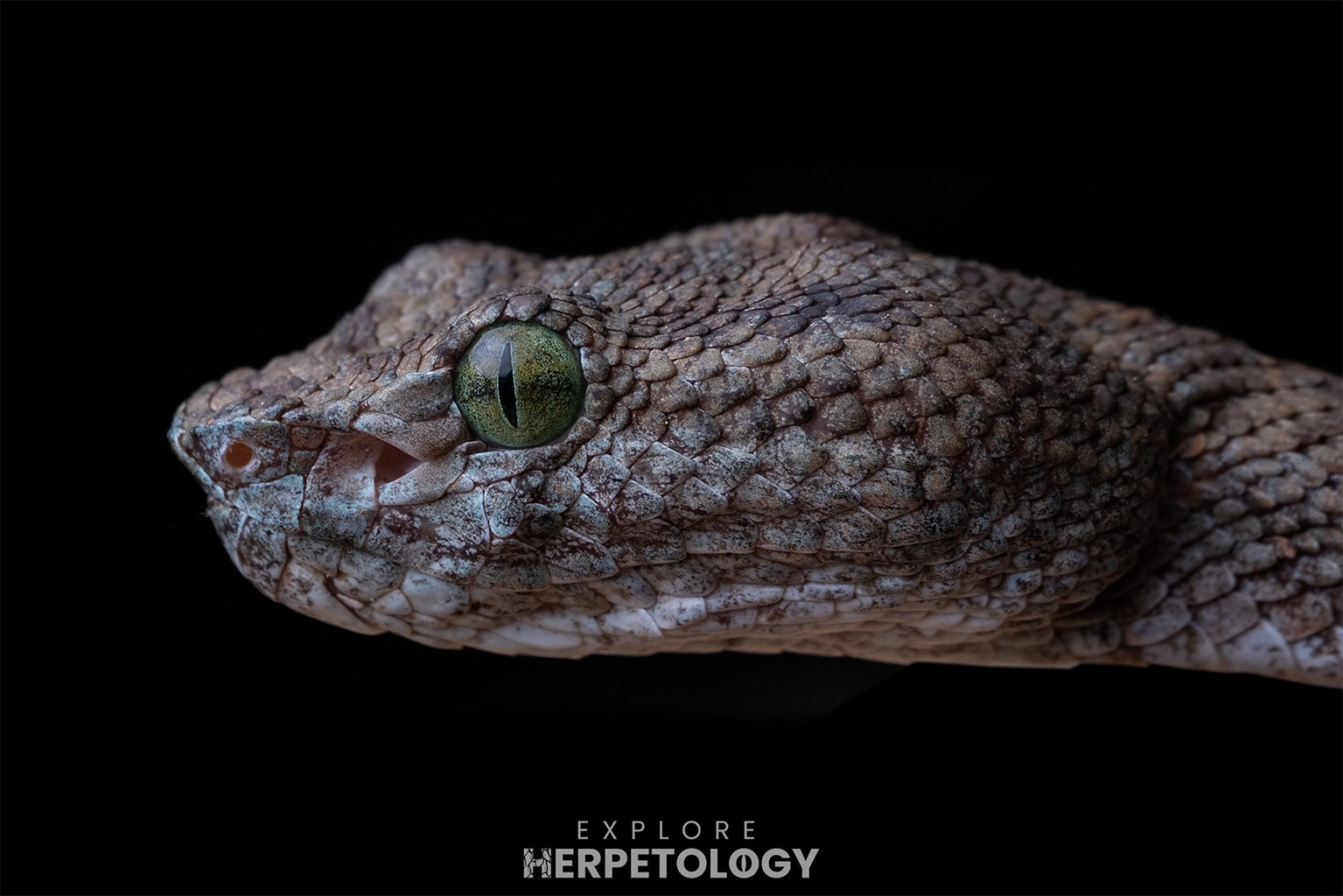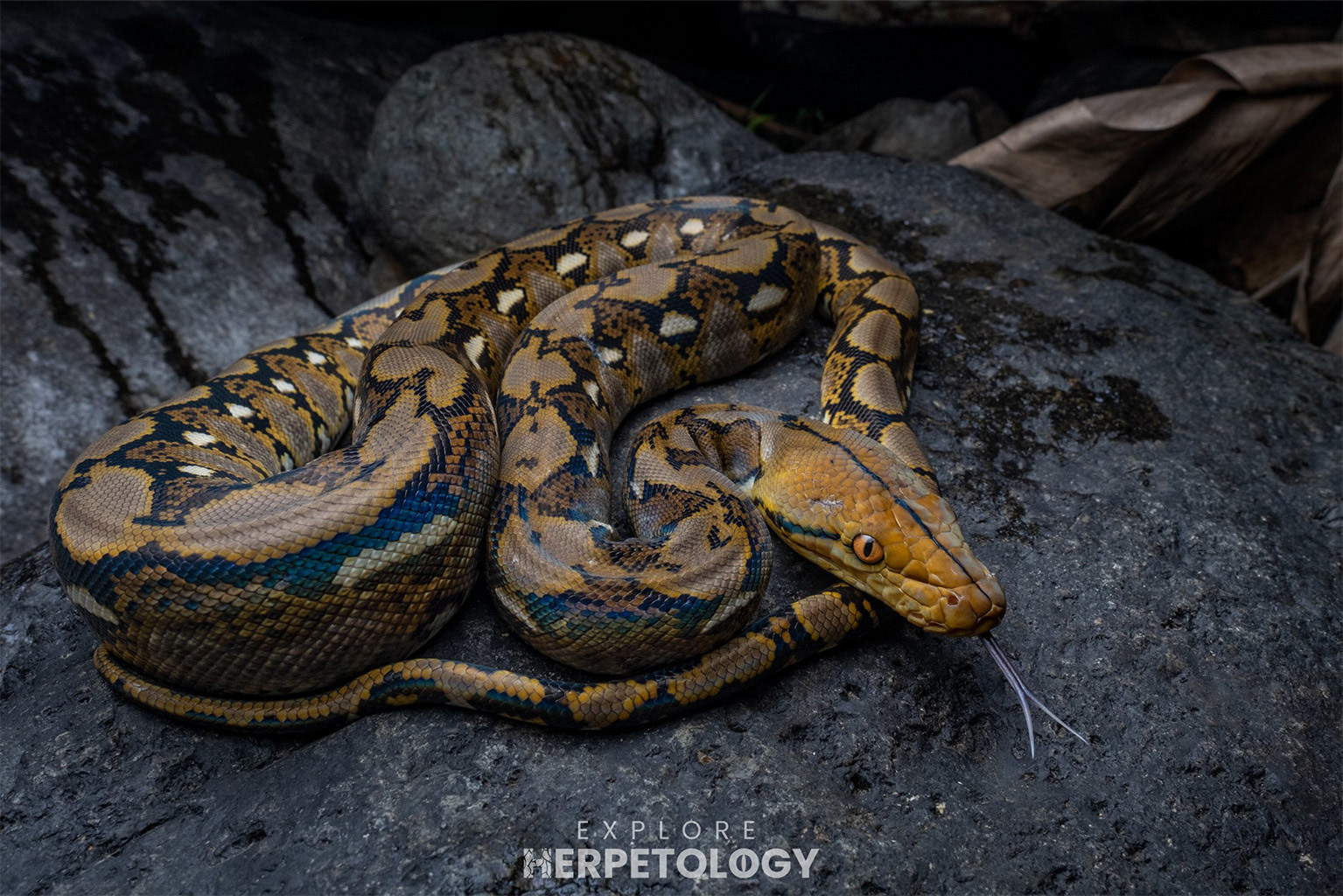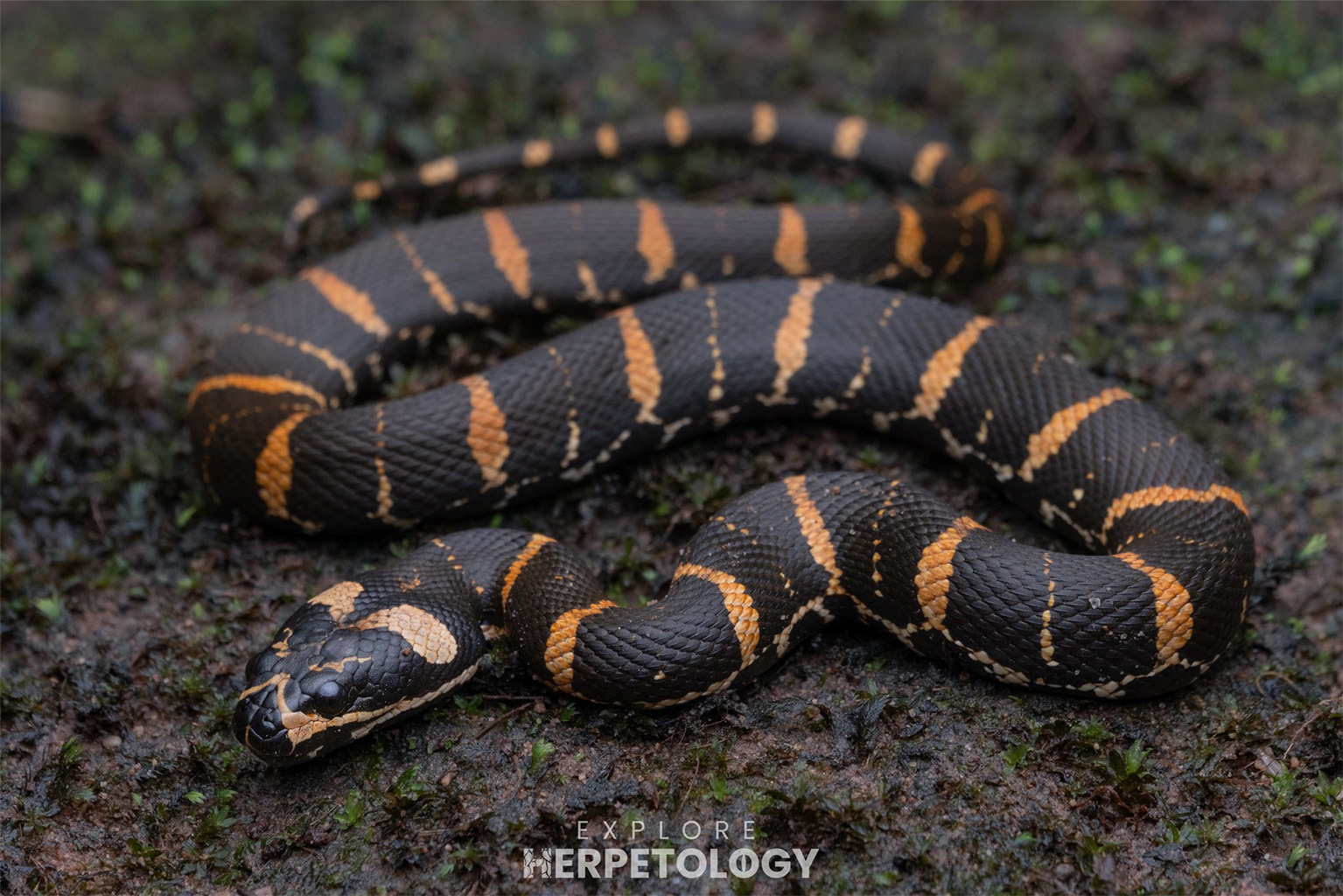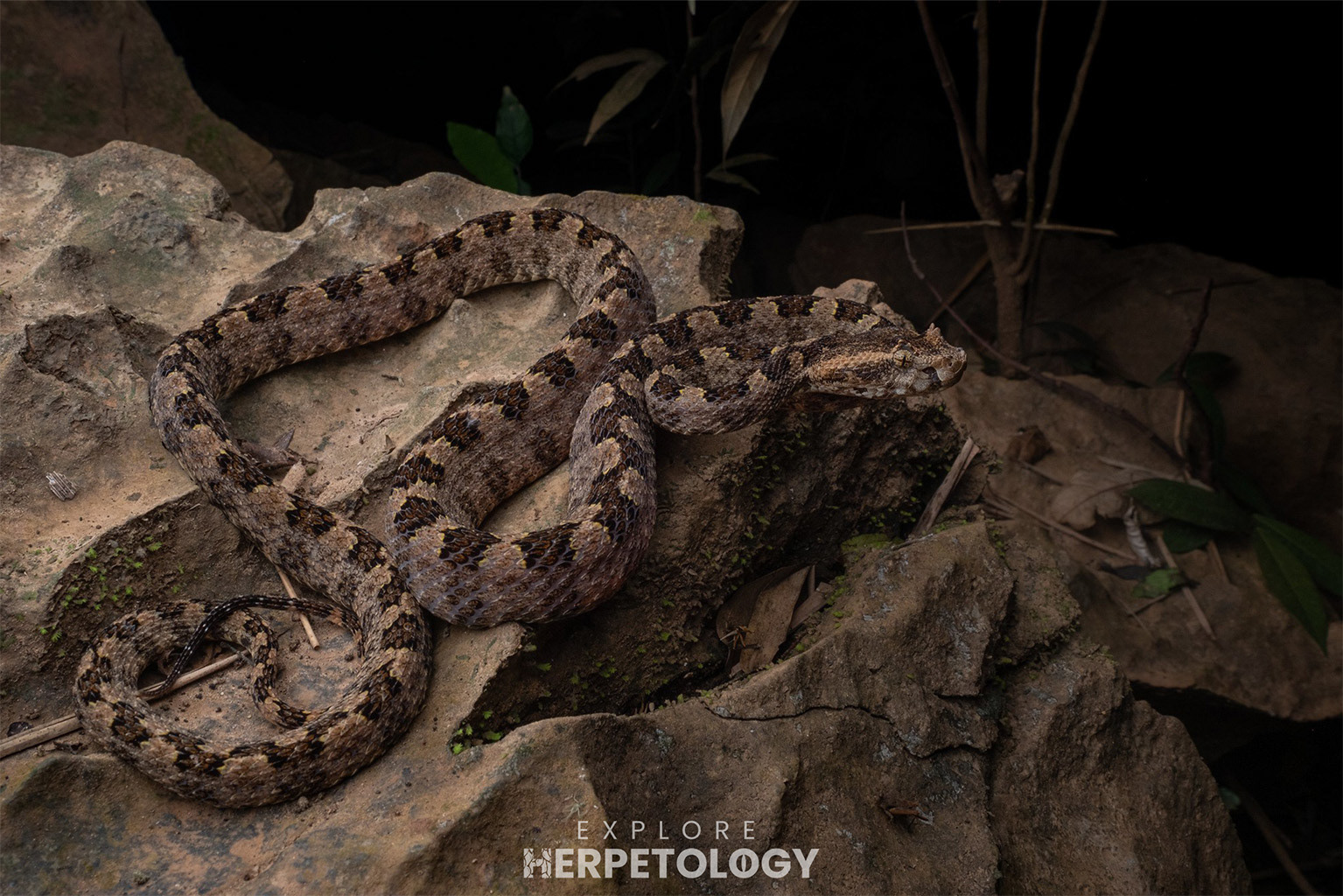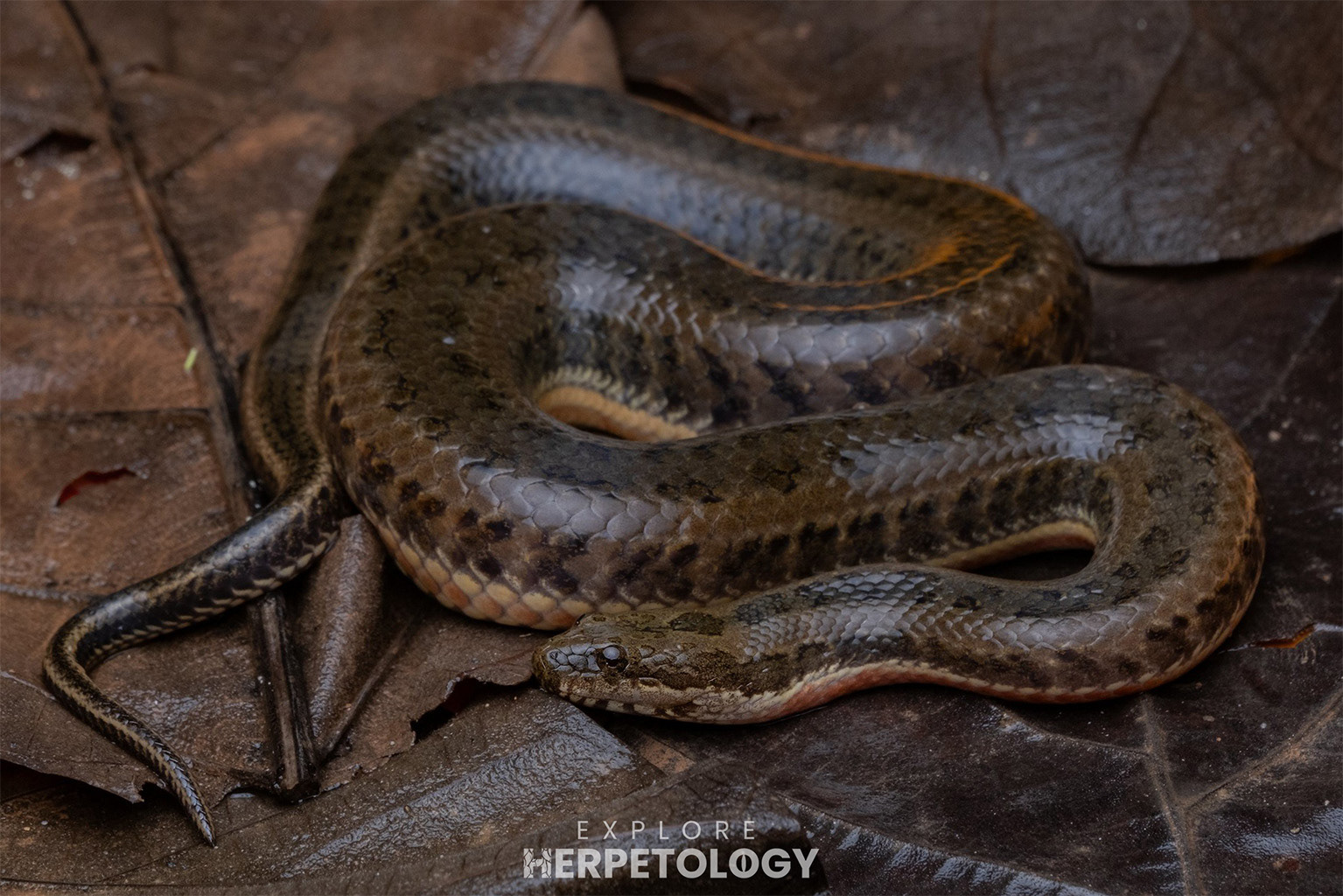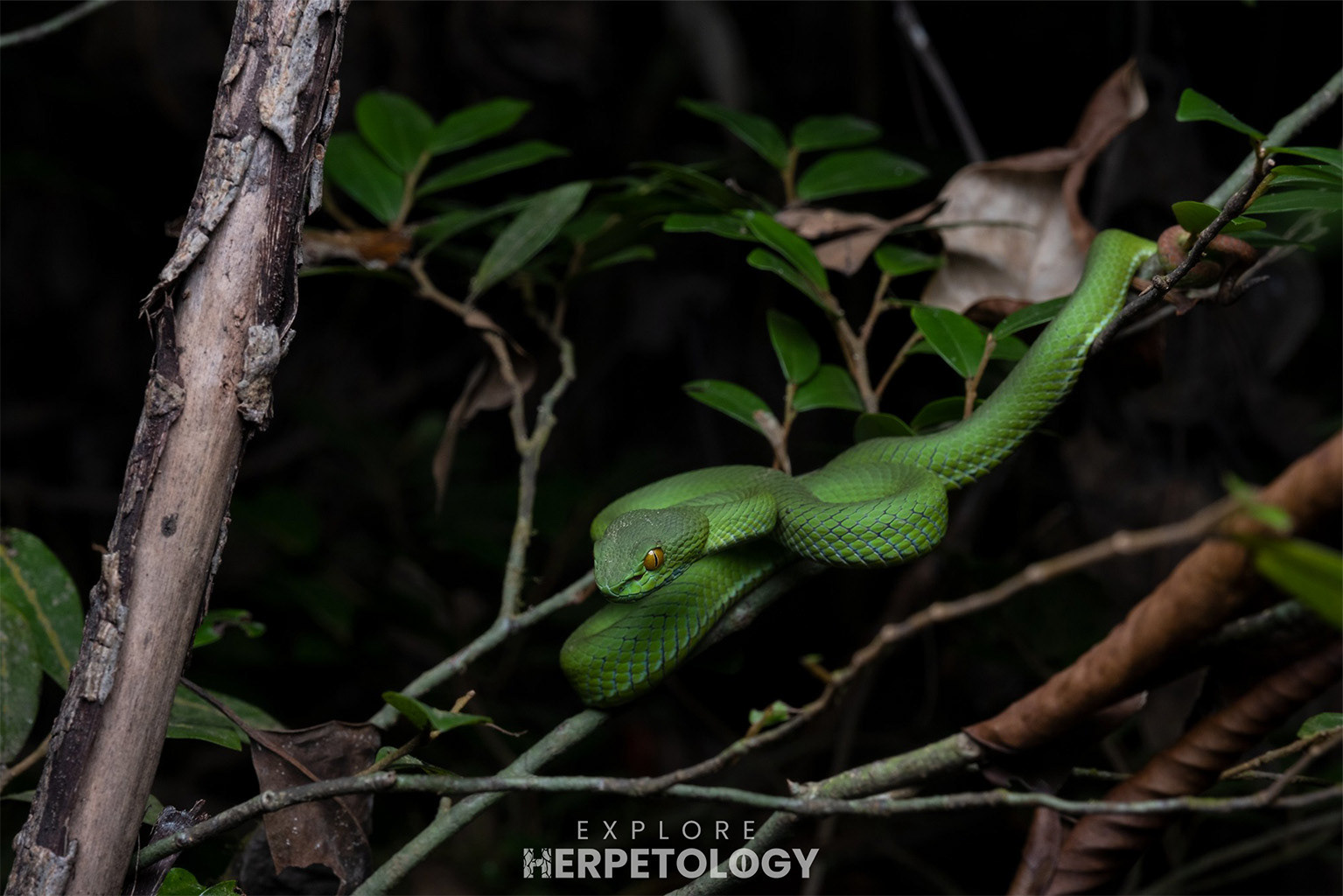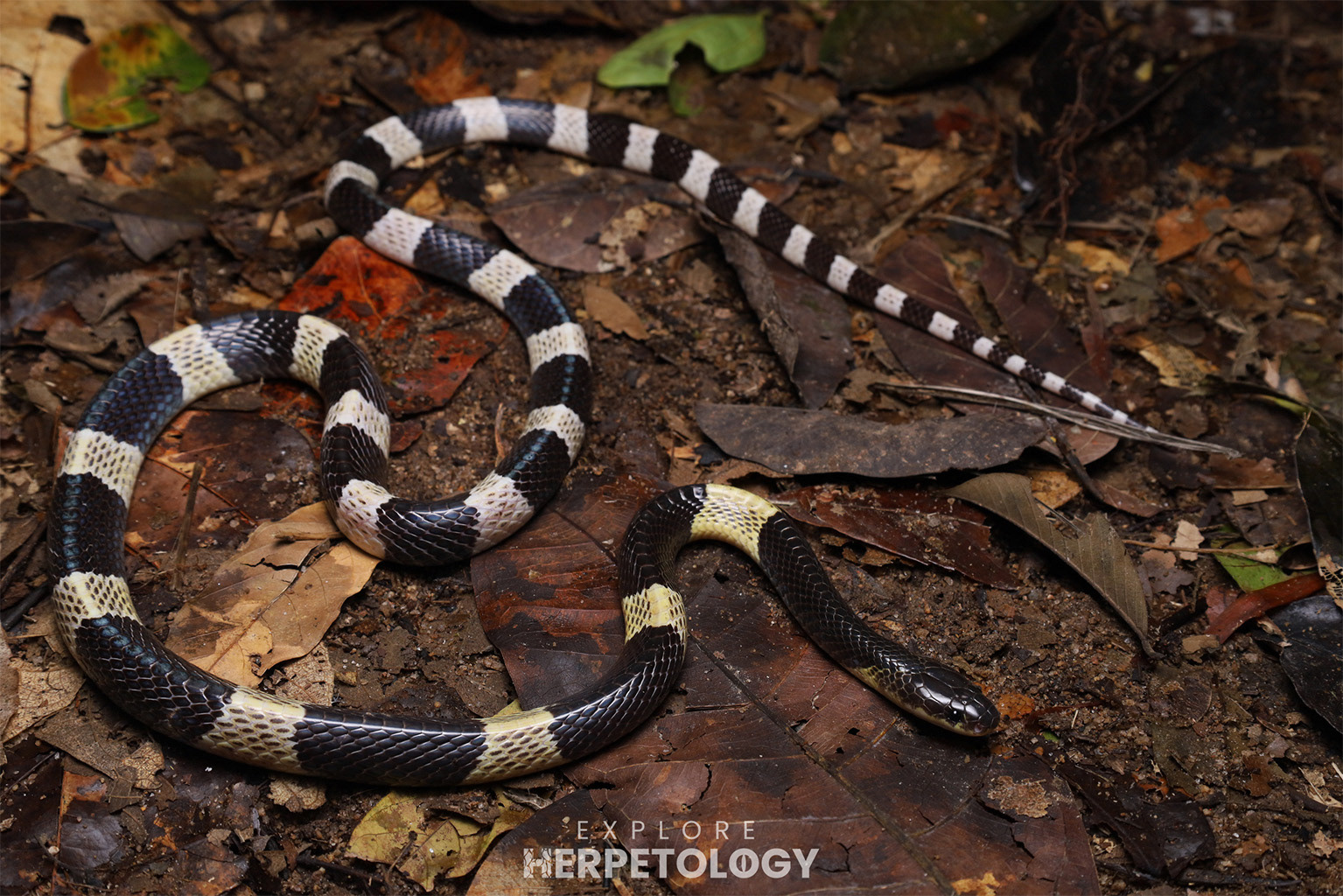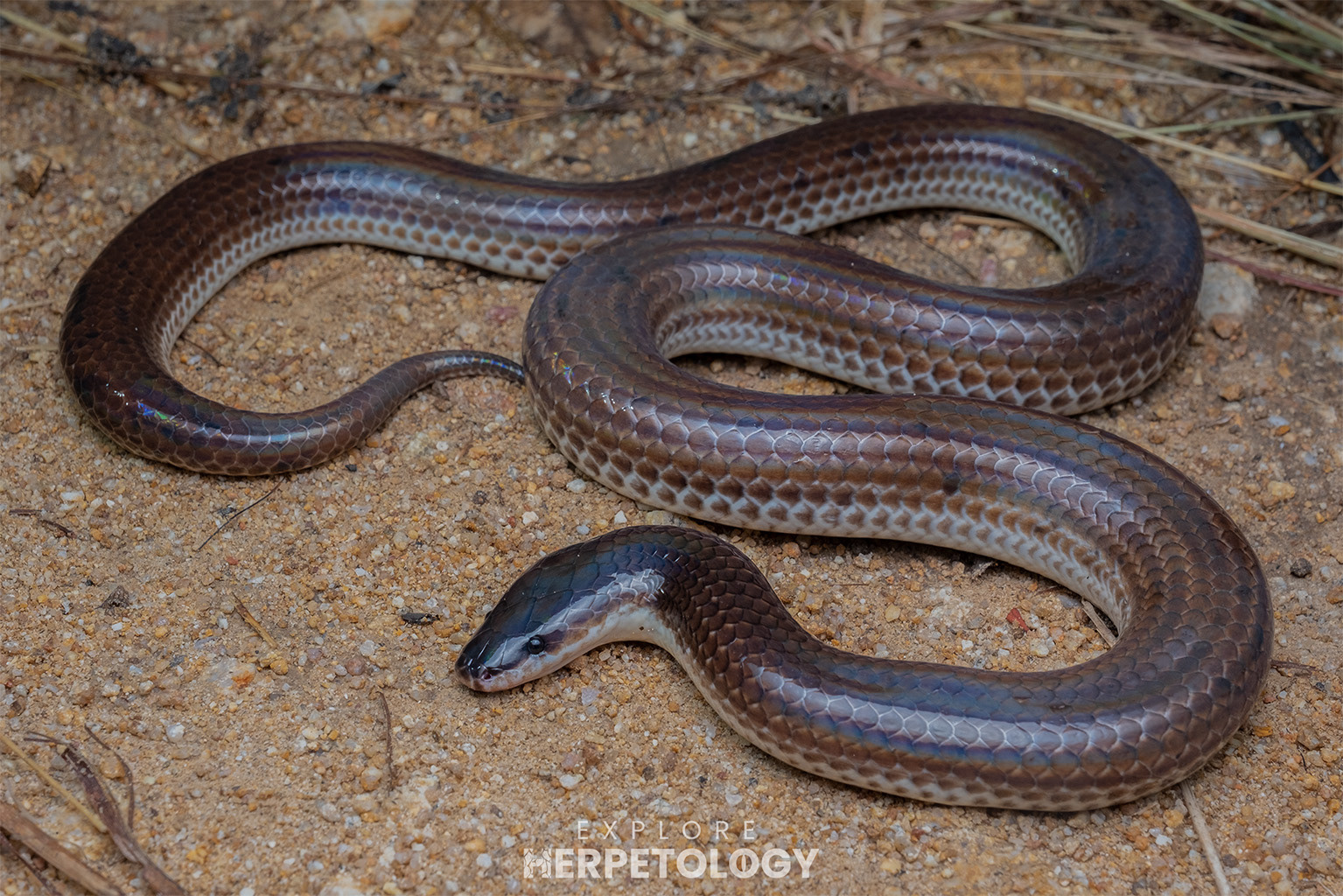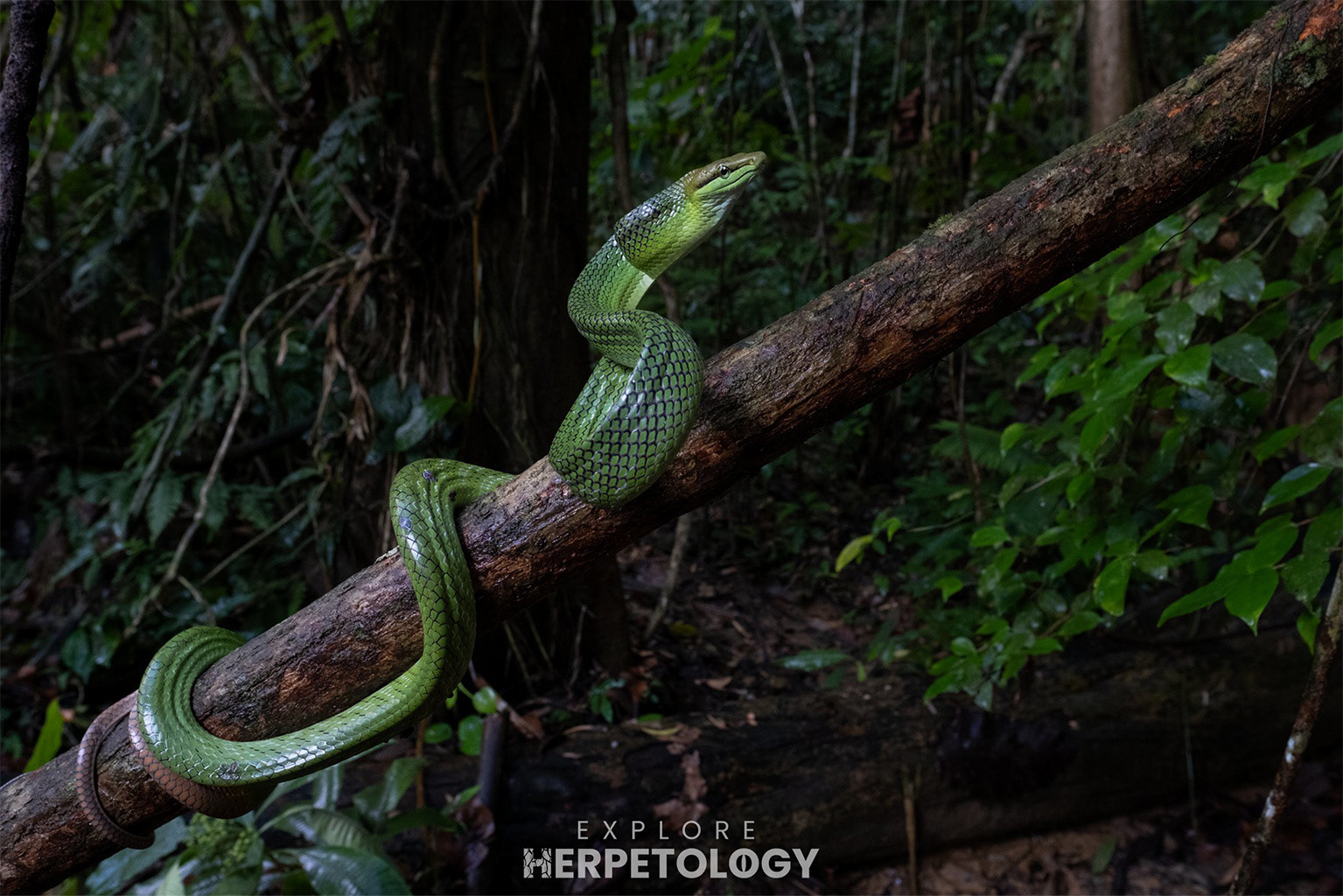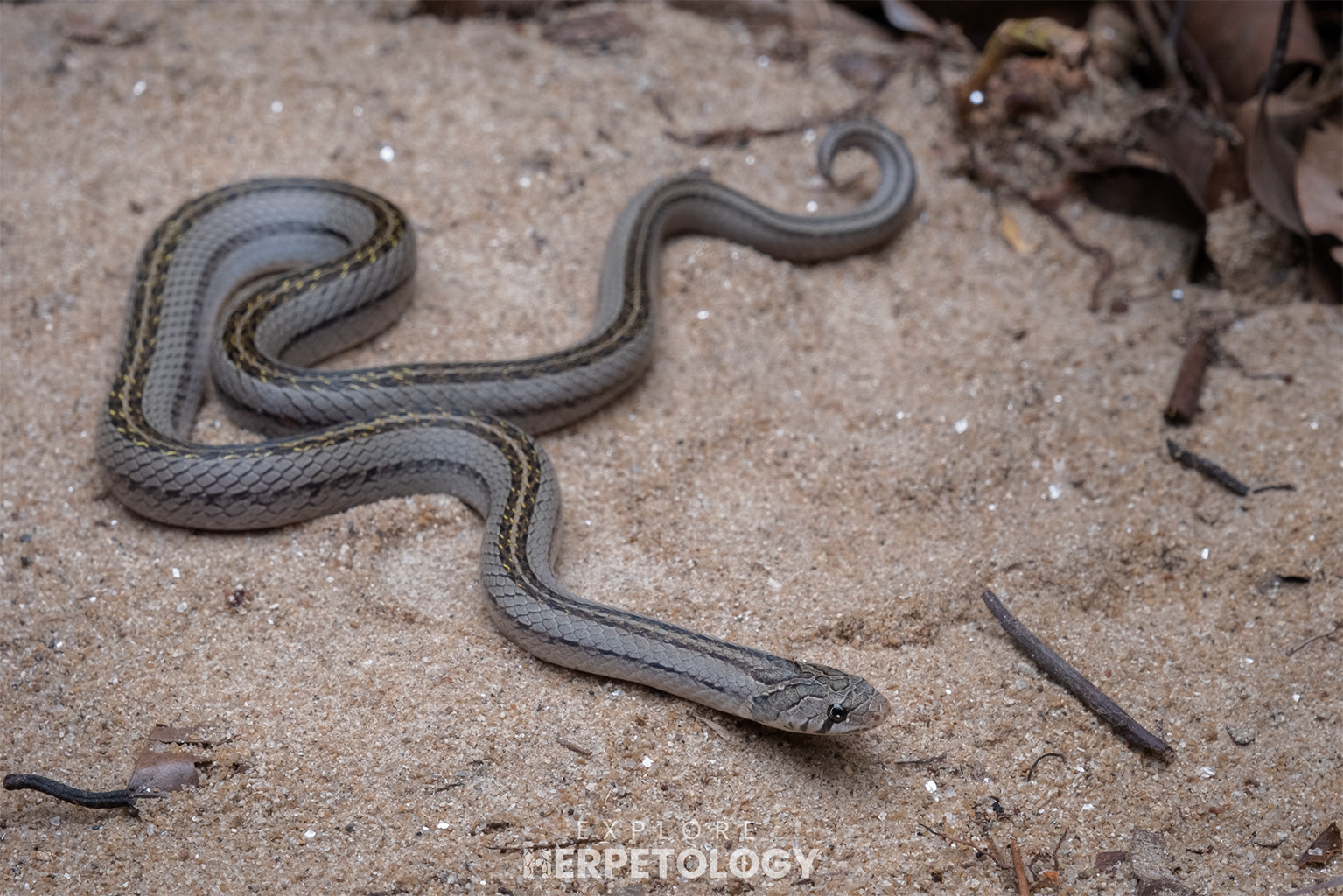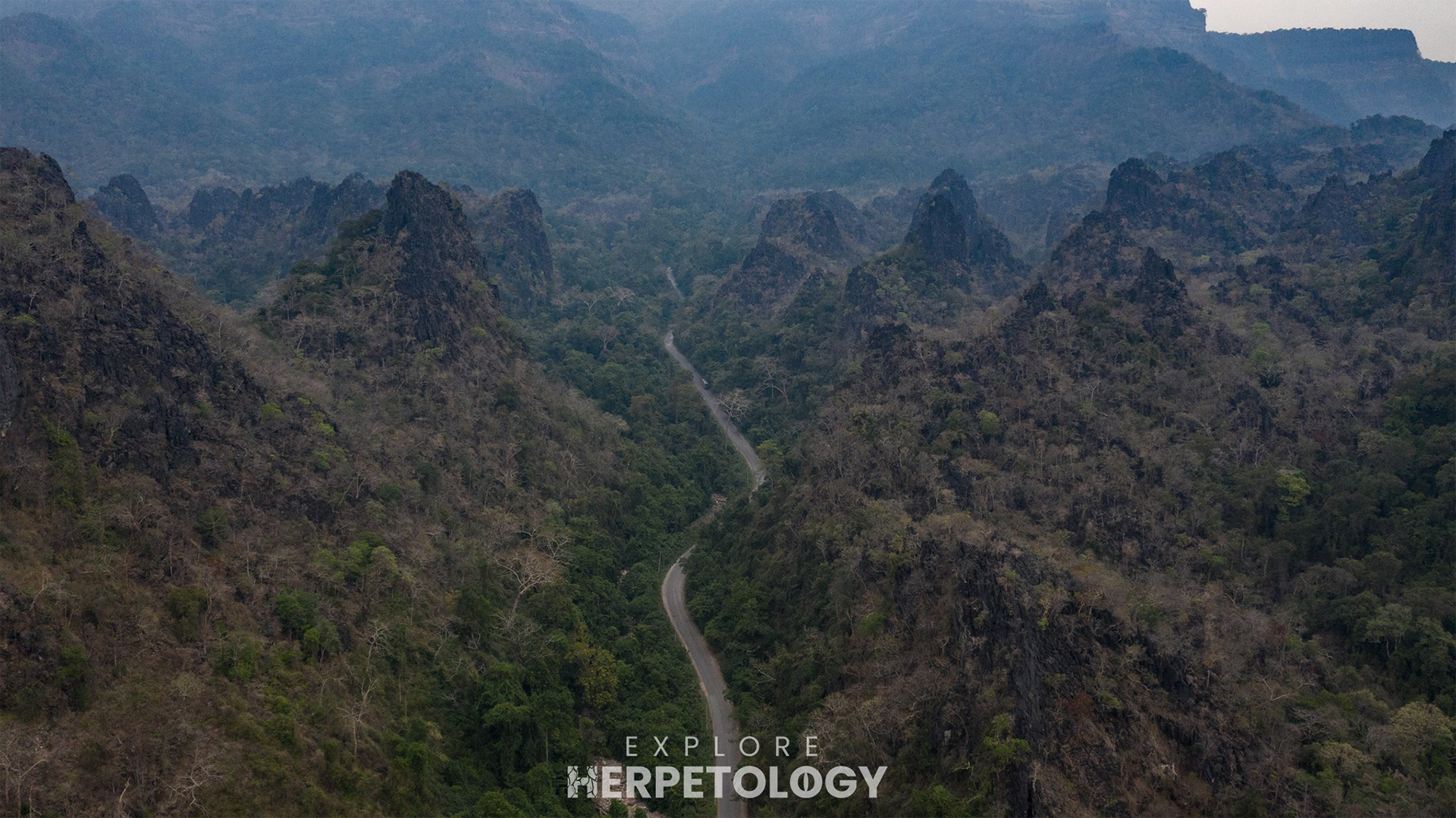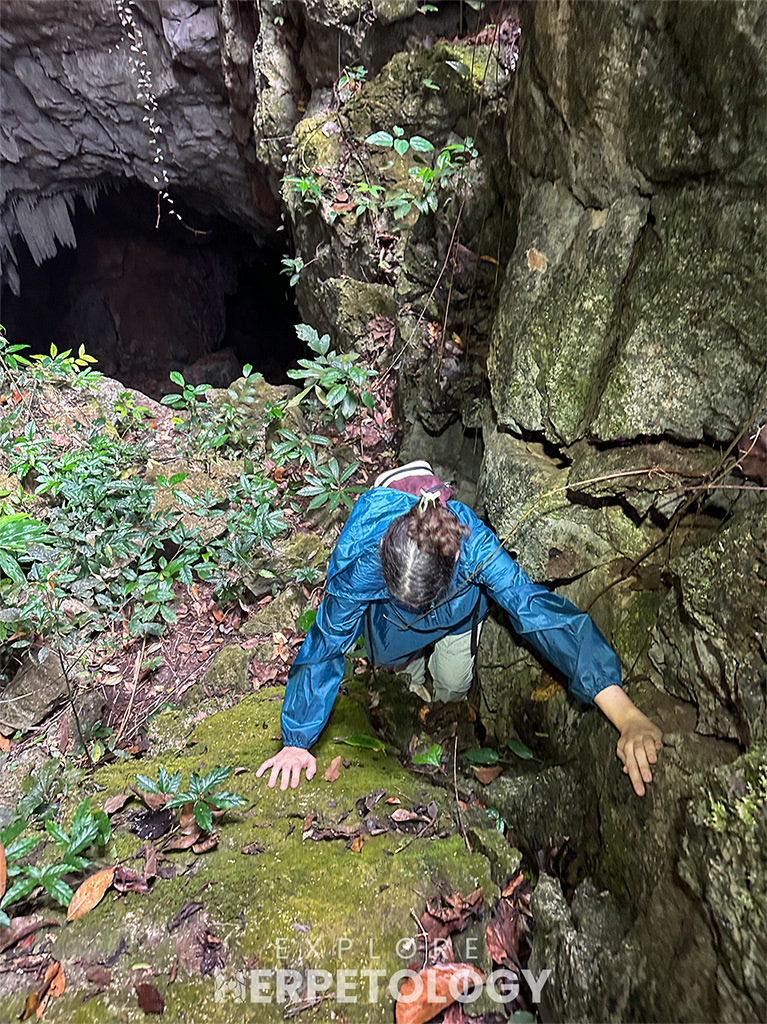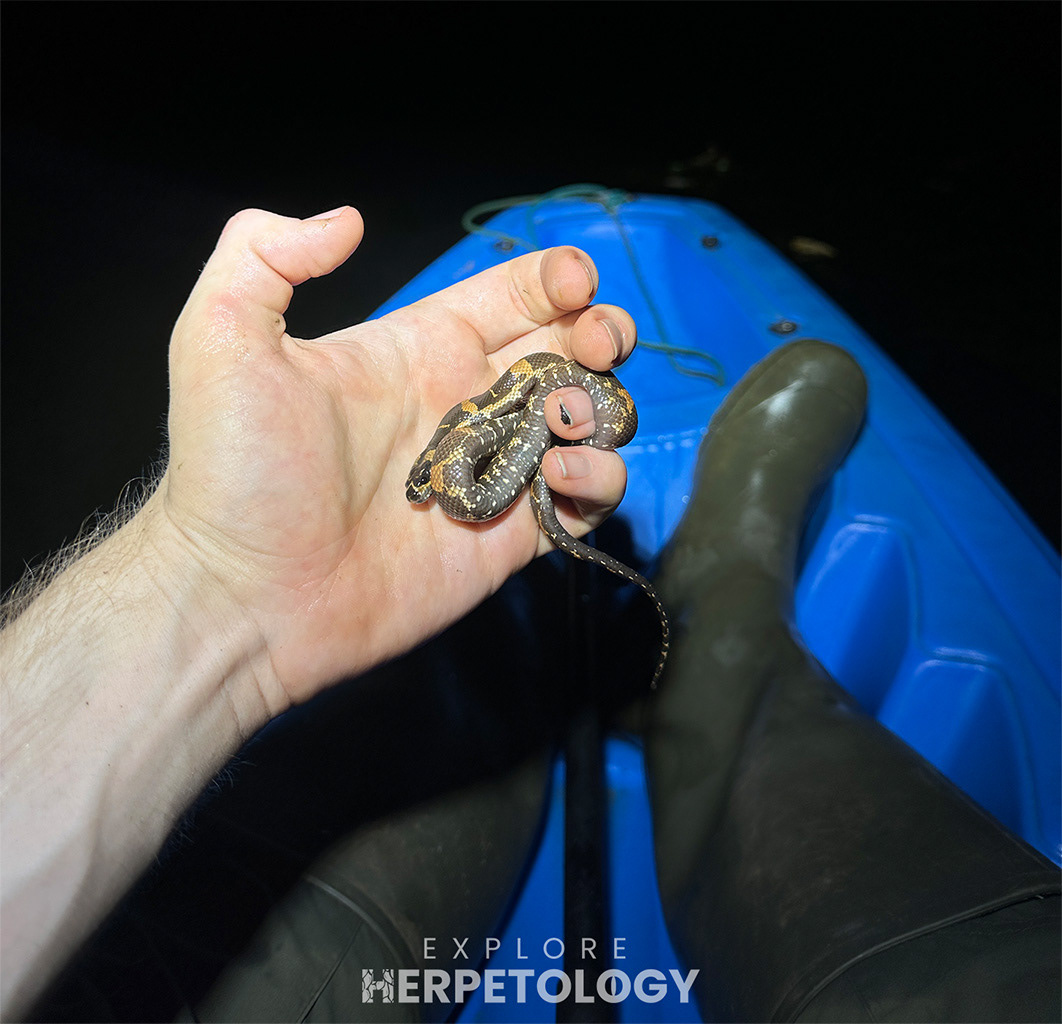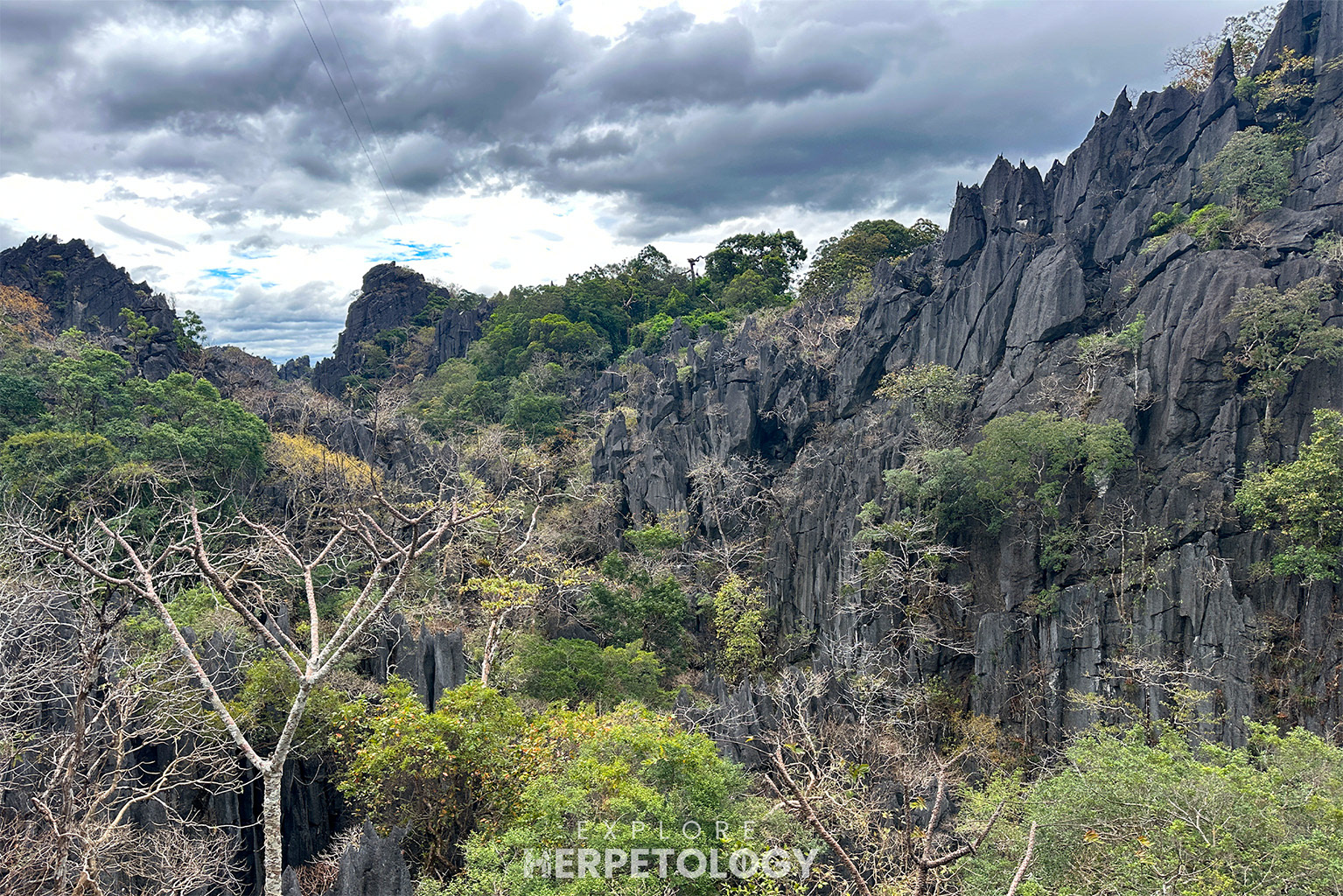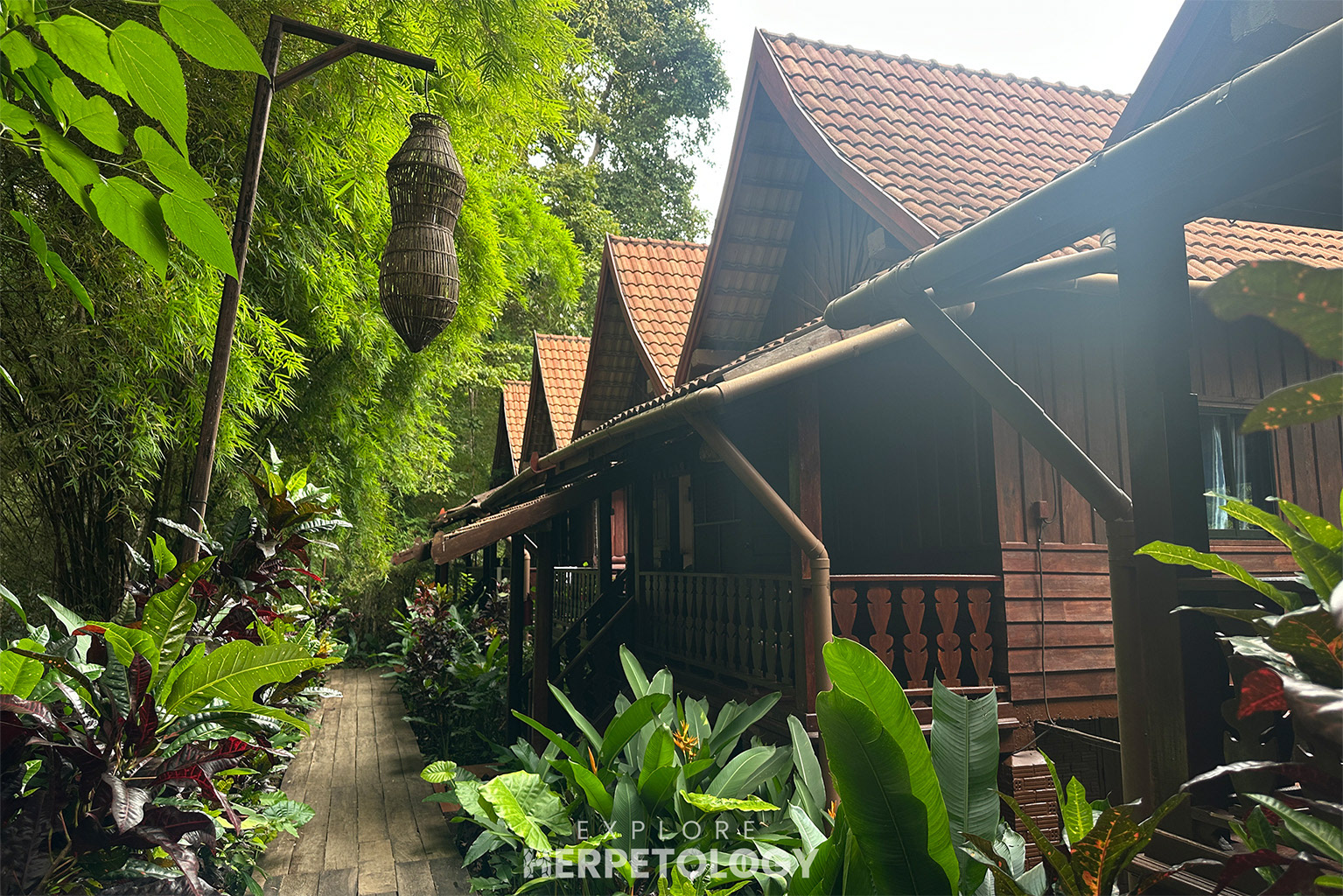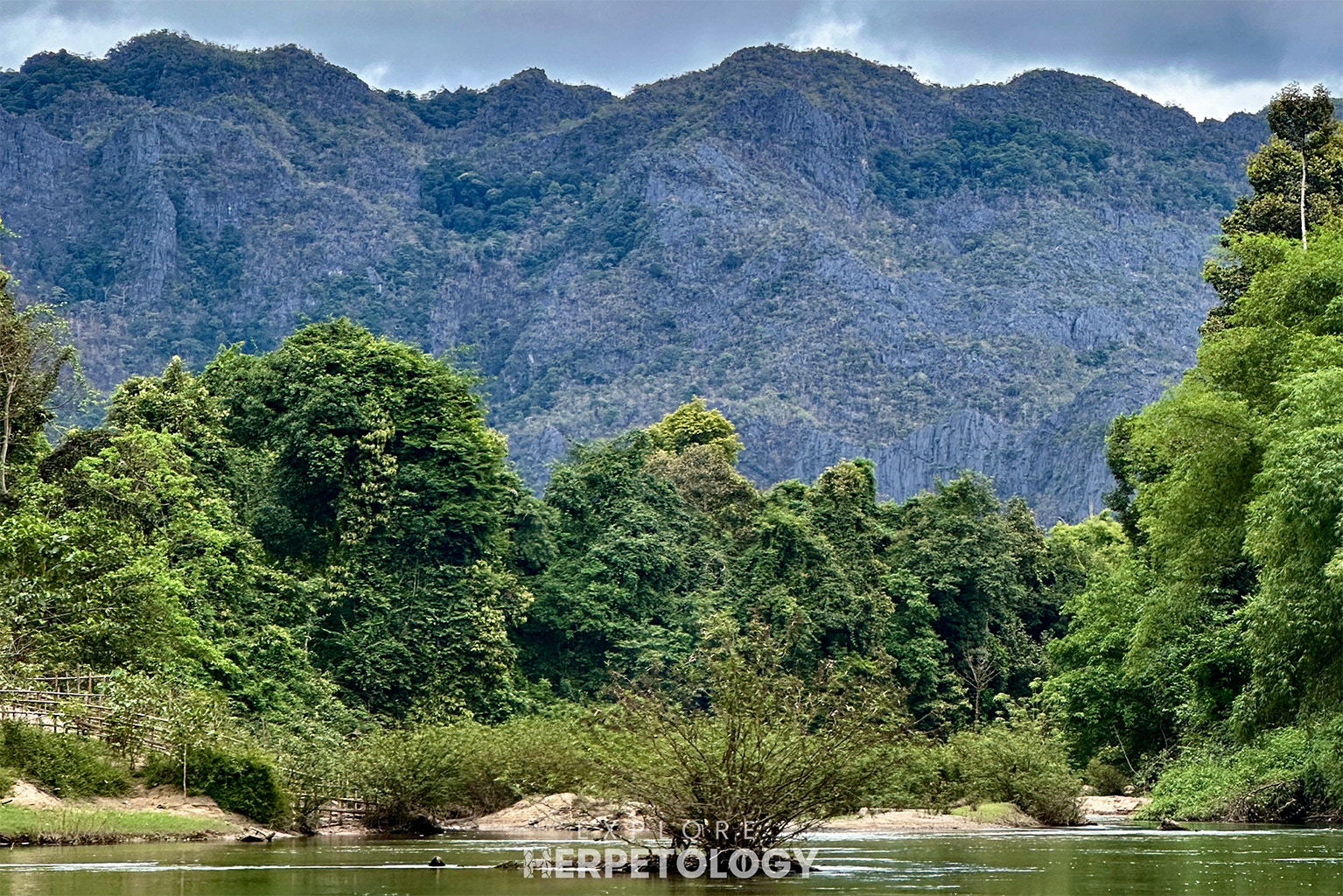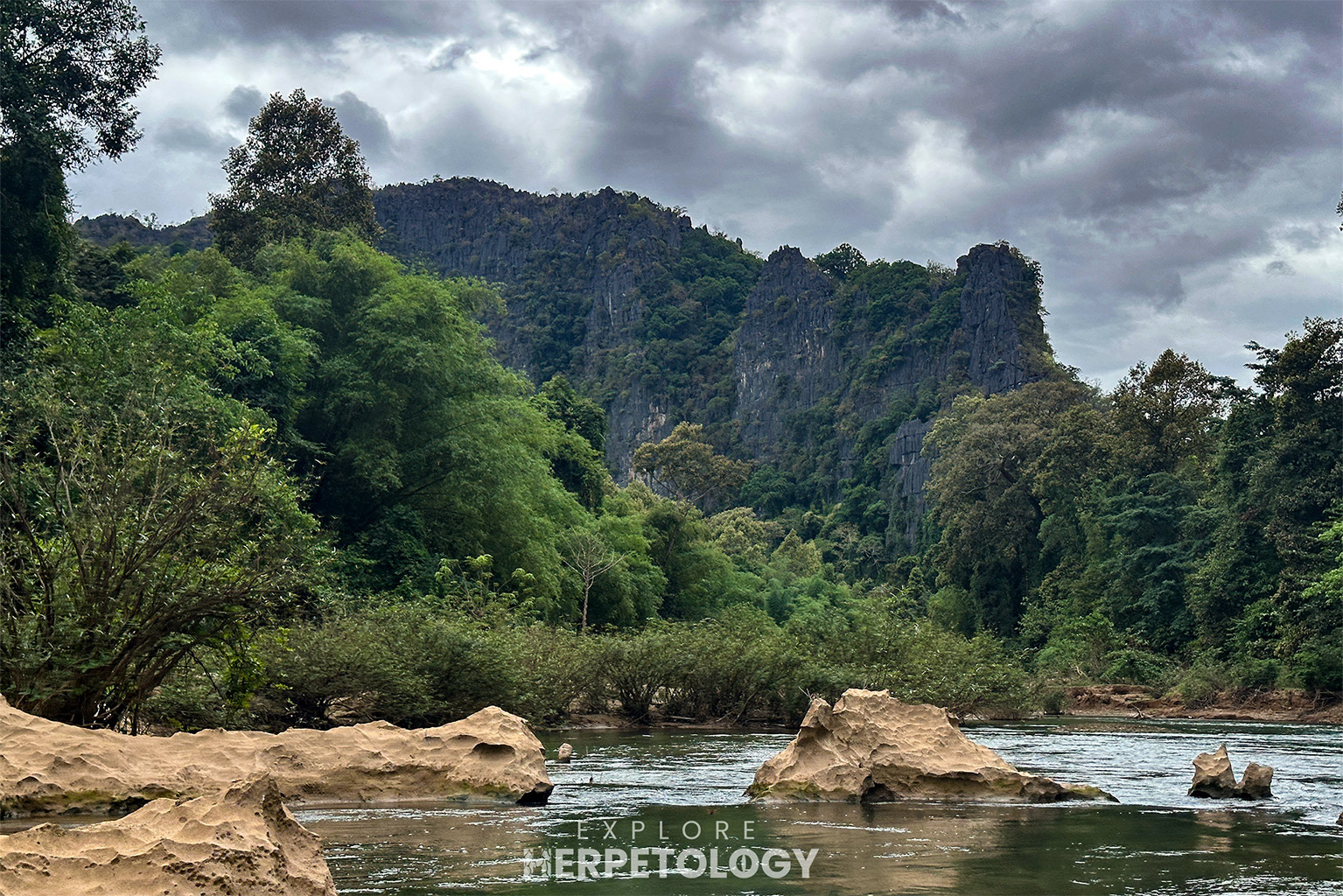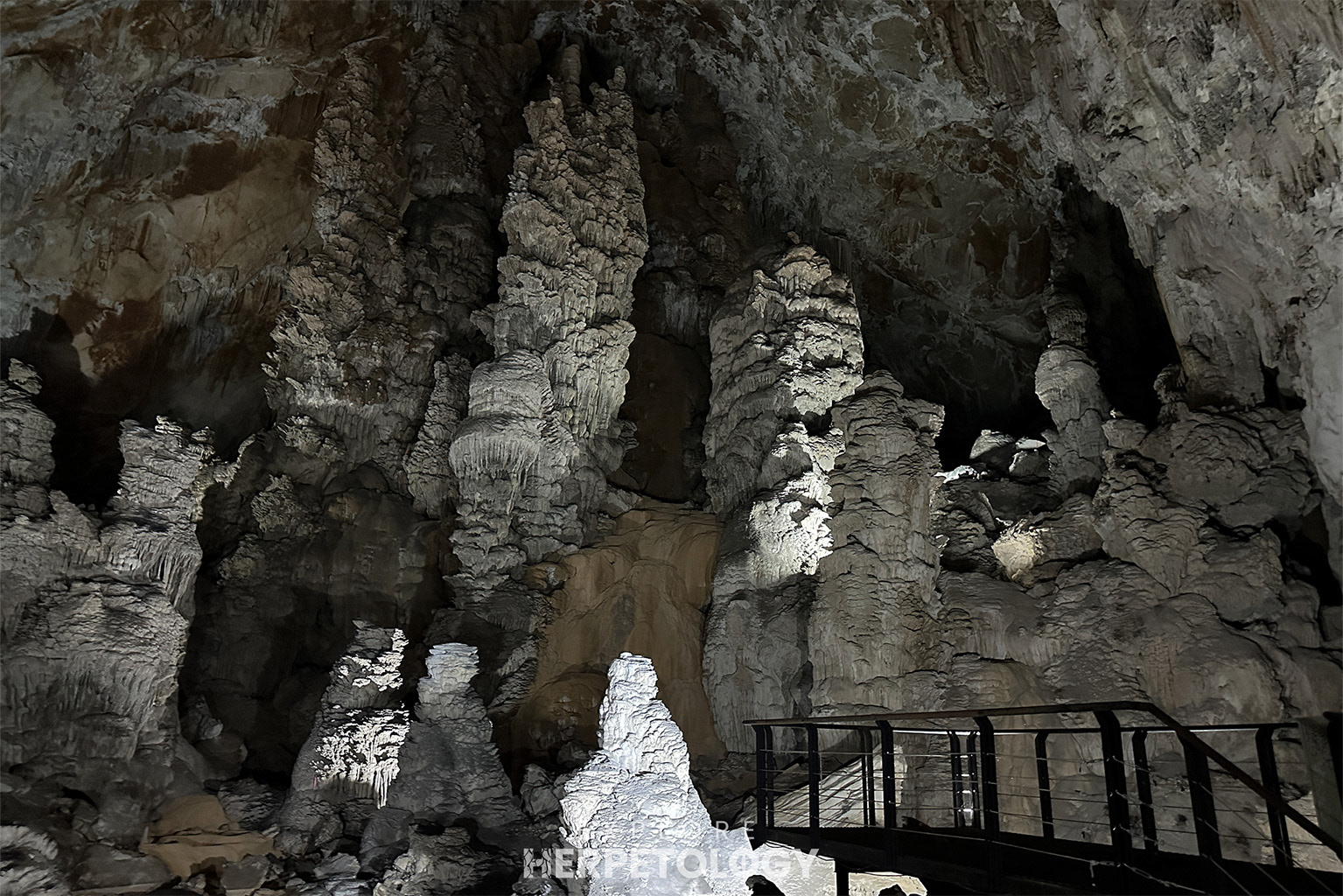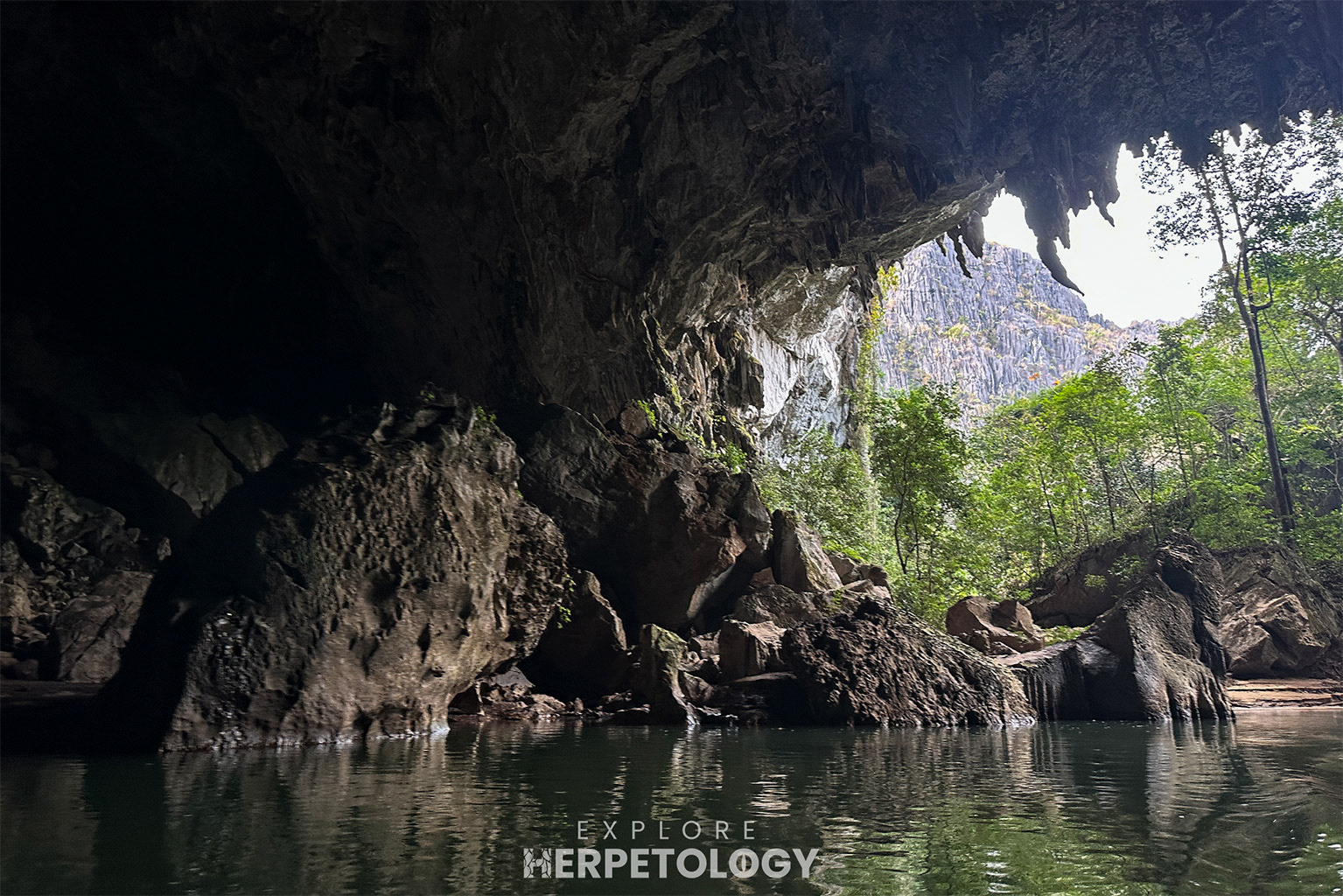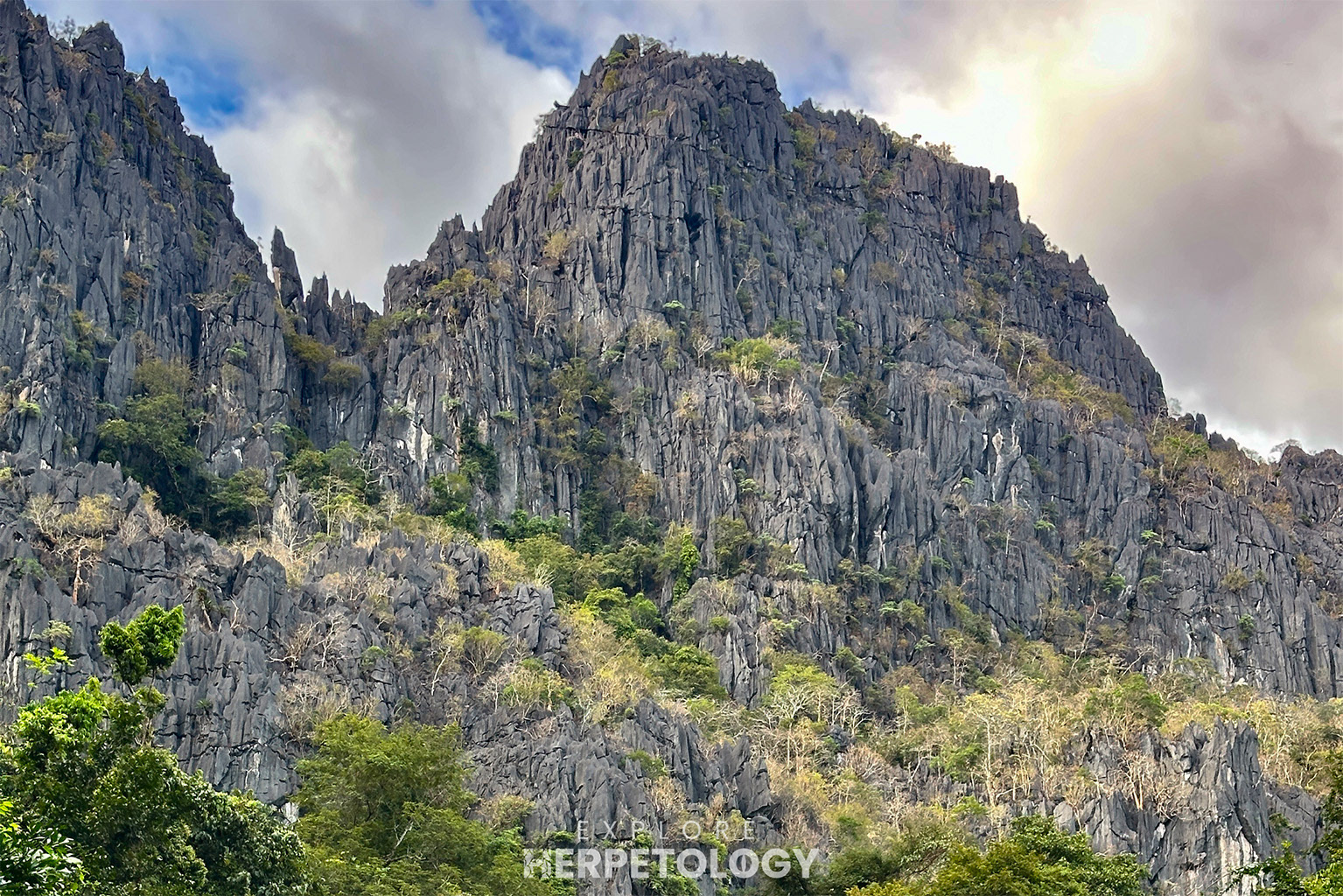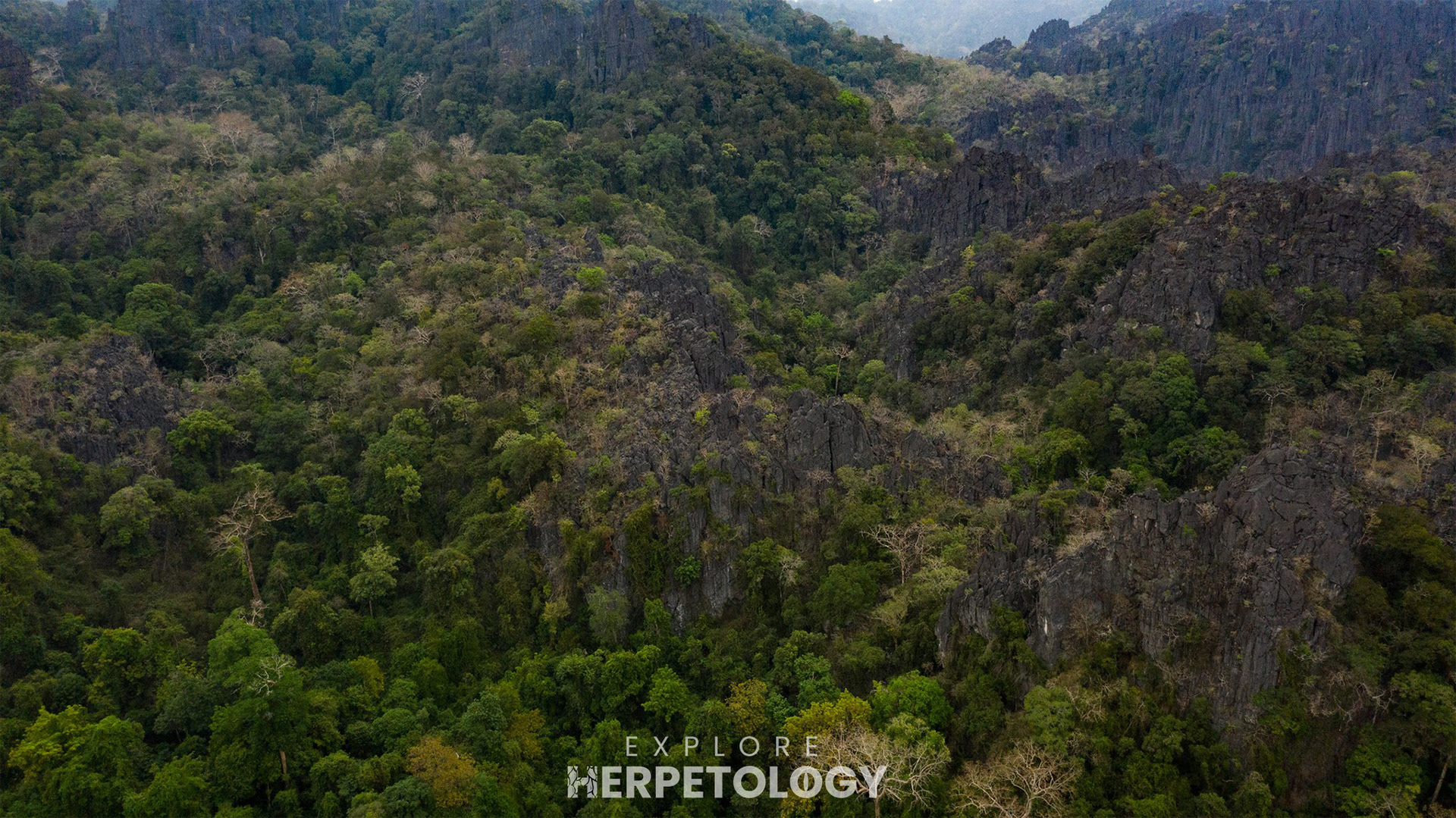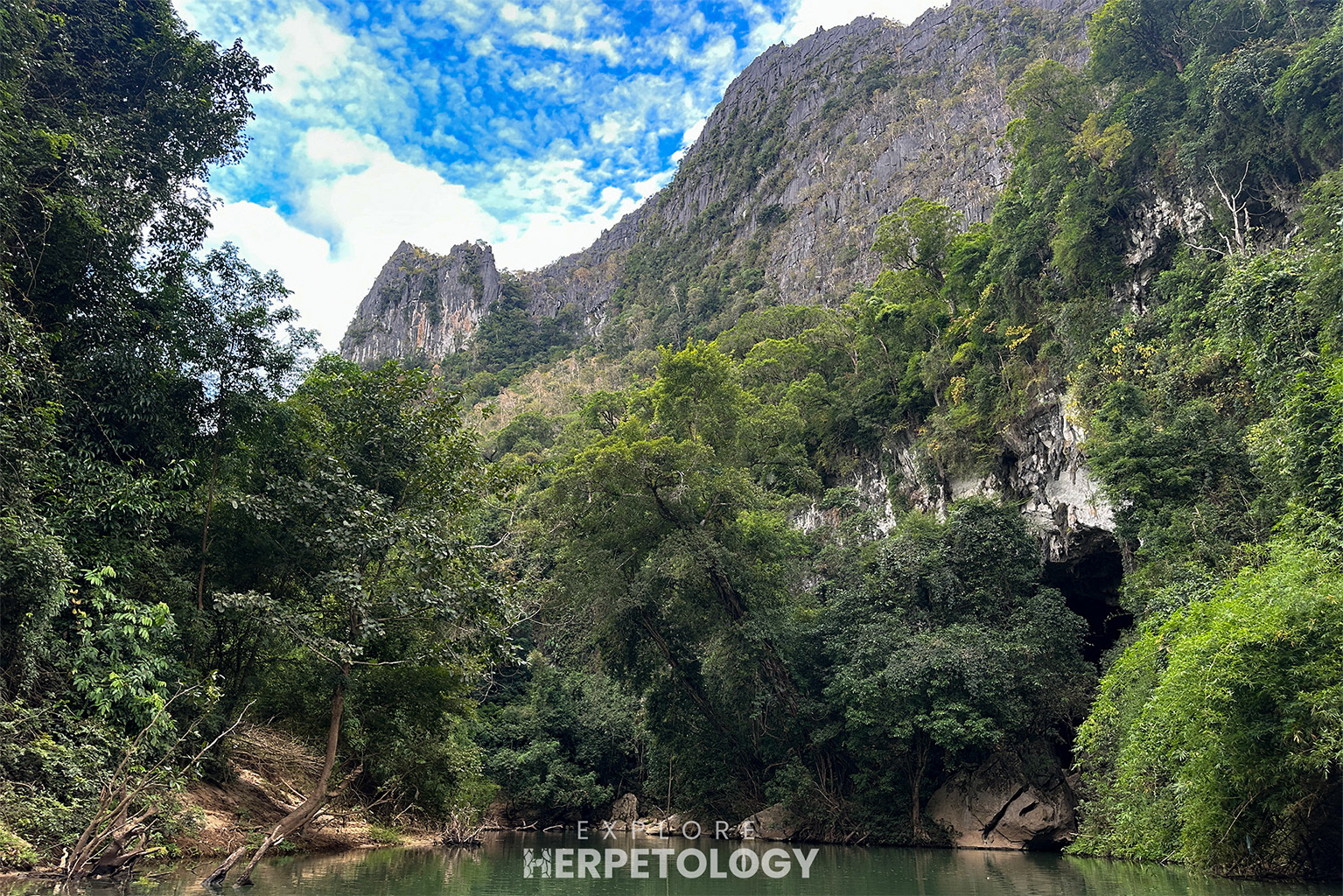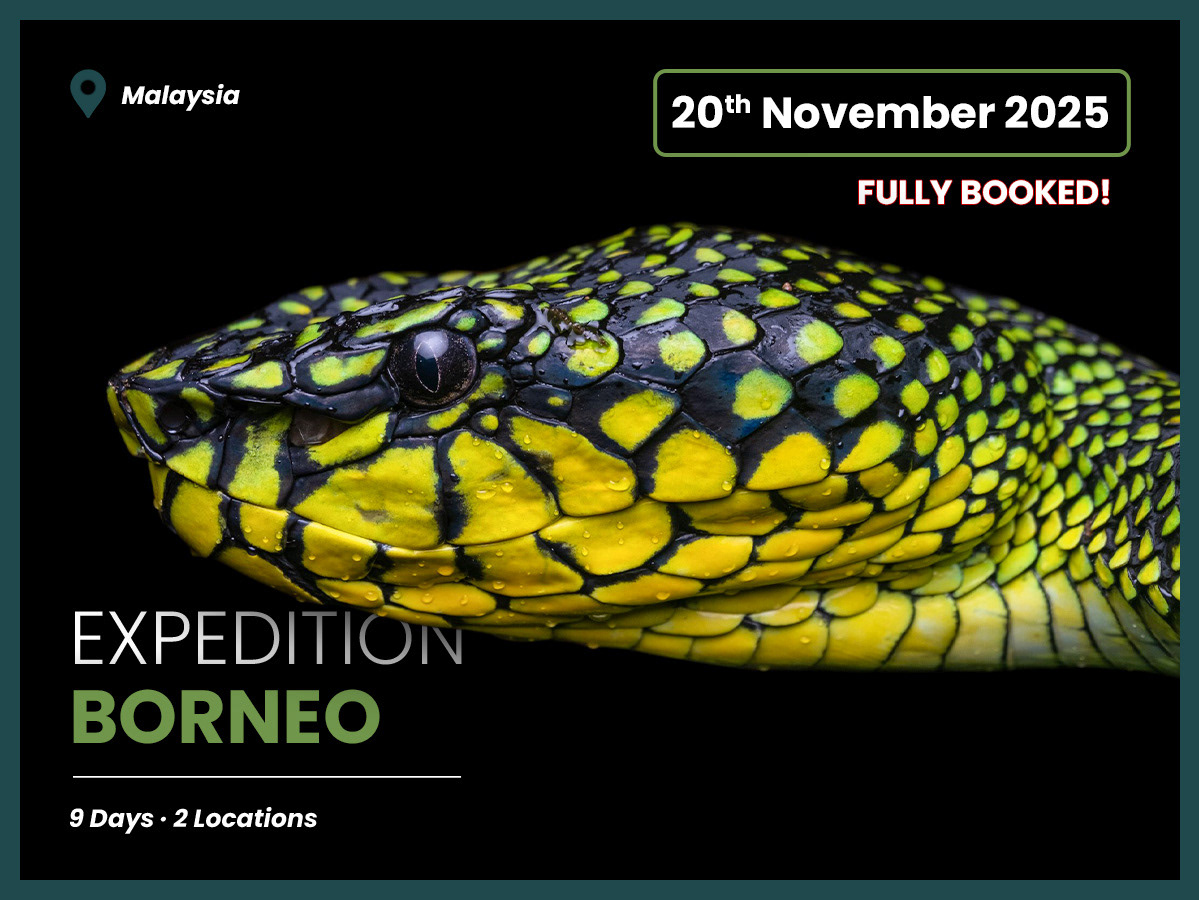Nights 5 - 8: KONGLOR CAVE
After our first 4 days exploring the ultra-sharp karst formations in the north of Khammouane province, we drive around an hour south to our second destination: Konglor Cave. While the habitat looks superficially similar, the herping experience will be very different here. For starters, our primary mode of transport will be kayaks, which we will use to access remote llimestone karst walls and more cave systems. This area is fantastic for finding our other major viper target for this expedition, the beautiful Truong Son pit viper (Trimeresurus truongsonensis). This limestone-karst loving rarity can be green, brown or even teal-blue in colouration. It occurs in sympatry with the three horn-scaled lancehead (Protobothrops sieversorum) in this area, and we expect to see both species while exploring the limestone karst habitat.
We will also extensively use our kayaks to search for wildlife. It is incredibly fun to slowly cruise through the water and spot snakes in the water, on the banks of the river and in the trees above. Large-eyed pit viper (Trimeresurus cf. macrops) are very easy to spot from the canoe, and we have found absolute giant red-tailed racers (Gonyosoma oxycephalum), sunbeam snake (Xenopeltis unicolor), various keelback species, black-bellied mud snake (Homalopsis nigroventralis) and many other species while shining at night using this method. Even though they are hunted for food, we can find Indo-Chinese water dragon (Physignathus cocincinus) sleeping above the streams as well.
During the daytime, we will embark in many kayak-based endeavours, including visiting the incredible Konglor Cave itself. This truly giant river-cave stretches 7 kilometres underground and exits on the other side to an area which is fun to explore on foot while we have a break. The very rare Khammouane cave wolf snake (Lycodon banksi) mentioned previously has been seen on this side of Konglor cave, along with Trimeresurus truongsonensis. Of course, there are many other species we can see here, a few of which are featured below, while you must join us to see the rest!
